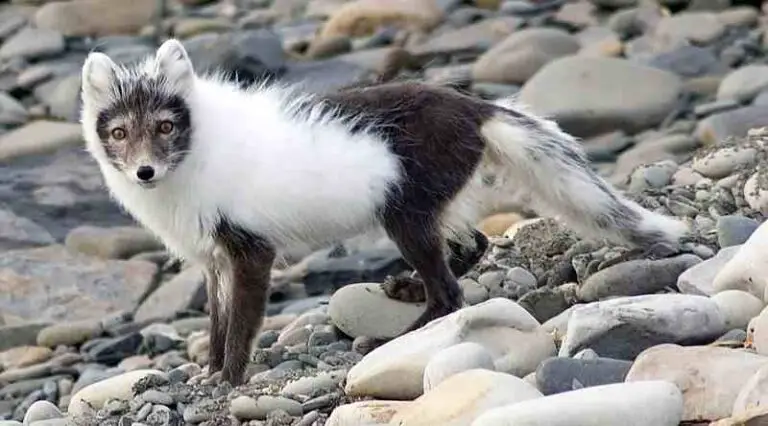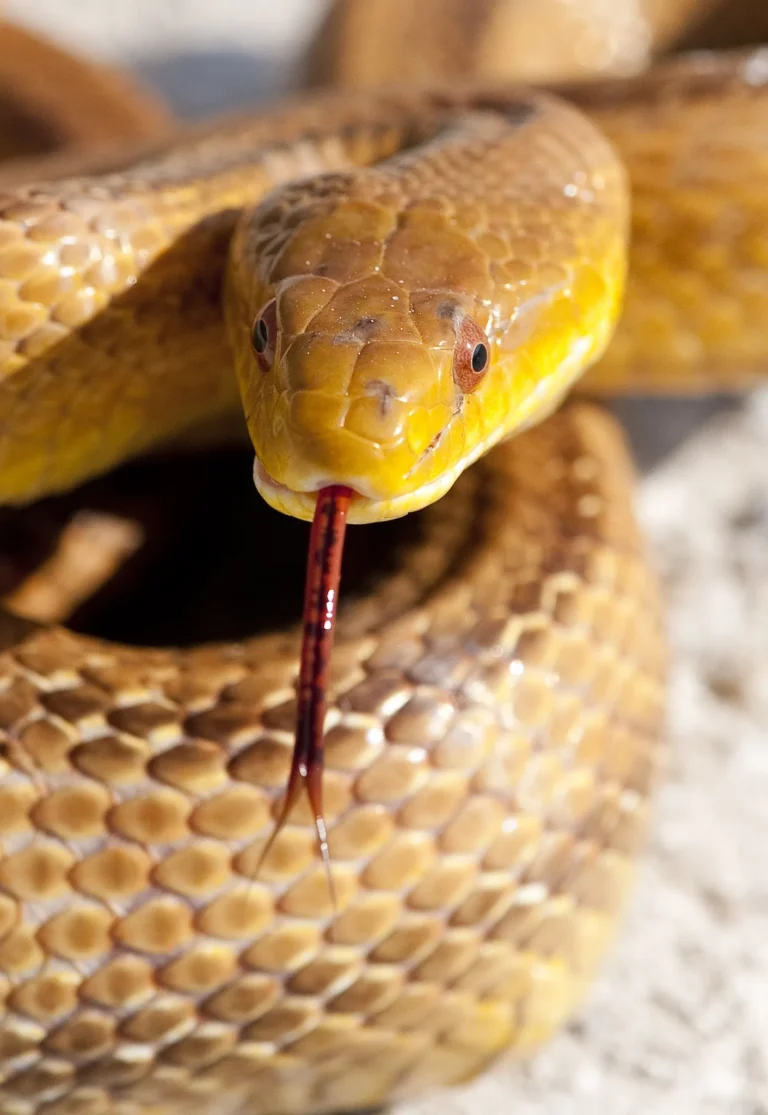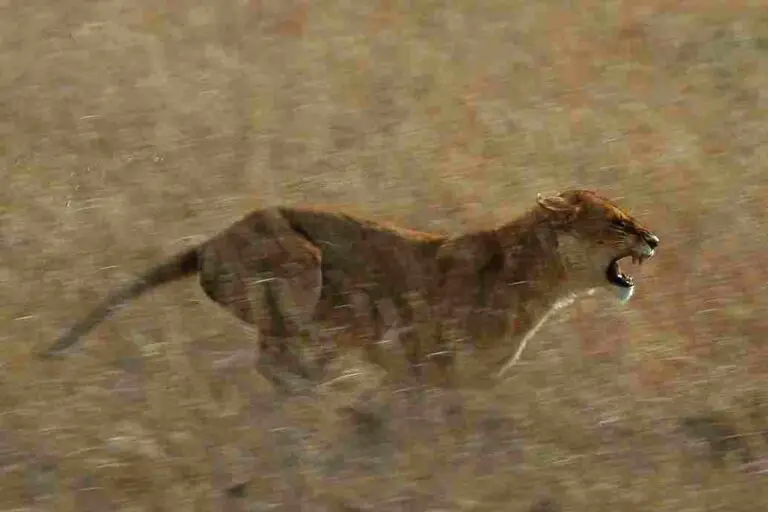Pangolin Vs Armadillo Vs Anteater Vs Aardvark Full Comparison
Comparing the pangolin, armadillo, anteater, and aardvark reveals the diversity of mammalian adaptations across different continents. While these creatures share certain basic traits as mammals, they each possess unique features that set them apart in terms of habitat, diet, and evolutionary history.
I. Mammalian Classification:
– All four creatures belong to the class Mammalia, showcasing their shared characteristics such as being warm-blooded, giving birth to live young, and nursing their offspring with milk.
II. Geographic Distribution:
– Pangolins are found in Asia and Africa, while armadillos are native to the Americas. Anteaters primarily inhabit Central and South America, while aardvarks are exclusive to Africa. These geographic distributions highlight the varied ecosystems in which these mammals have evolved.
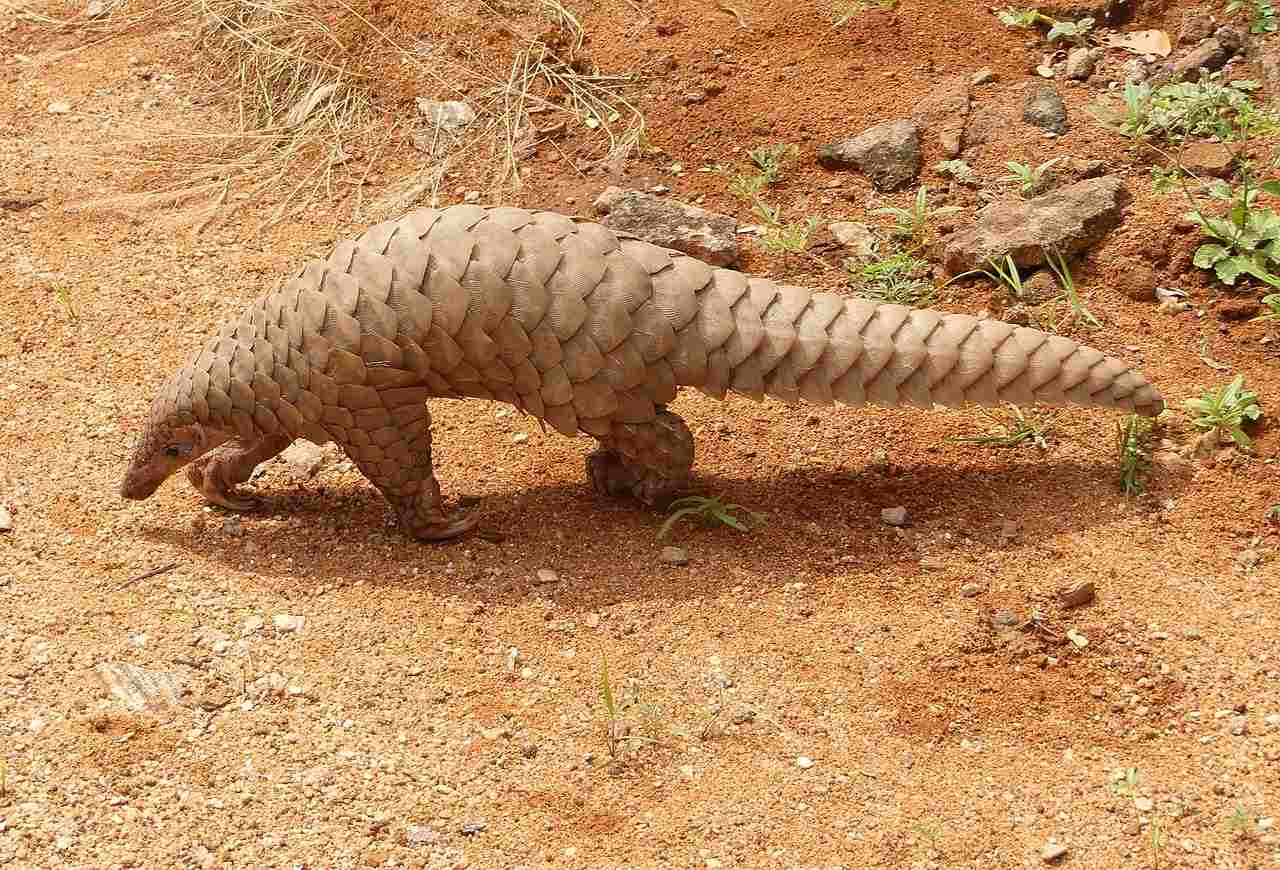
III. Habitat and Diet:
– Pangolins are primarily insectivores, feeding on ants and termites, while armadillos have a more varied diet that includes insects, plants, and small vertebrates. Anteaters specialize in consuming ants and termites using their long tongues, while aardvarks primarily feed on ants and termites as well, utilizing their powerful claws to dig into insect mounds.
IV. Physical Characteristics:
– Pangolins are known for their protective keratin scales covering their bodies, while armadillos have bony plates for defense. Anteaters possess elongated snouts and tongues adapted for feeding on insects, and aardvarks have large ears, strong claws, and a pig-like snout.
V. Size and Weight:
– Pangolins are generally smaller and lighter compared to armadillos, which are smaller than anteaters, and aardvarks, which are larger than the other three mammals.
VI. Defense Mechanisms:
– Pangolins roll into a ball when threatened, using their tough scales as protection. Armadillos can roll up as well but rely more on their bony plates for defense. Anteaters use their sharp claws and thick skin to fend off predators, while aardvarks are known to dig burrows for protection.
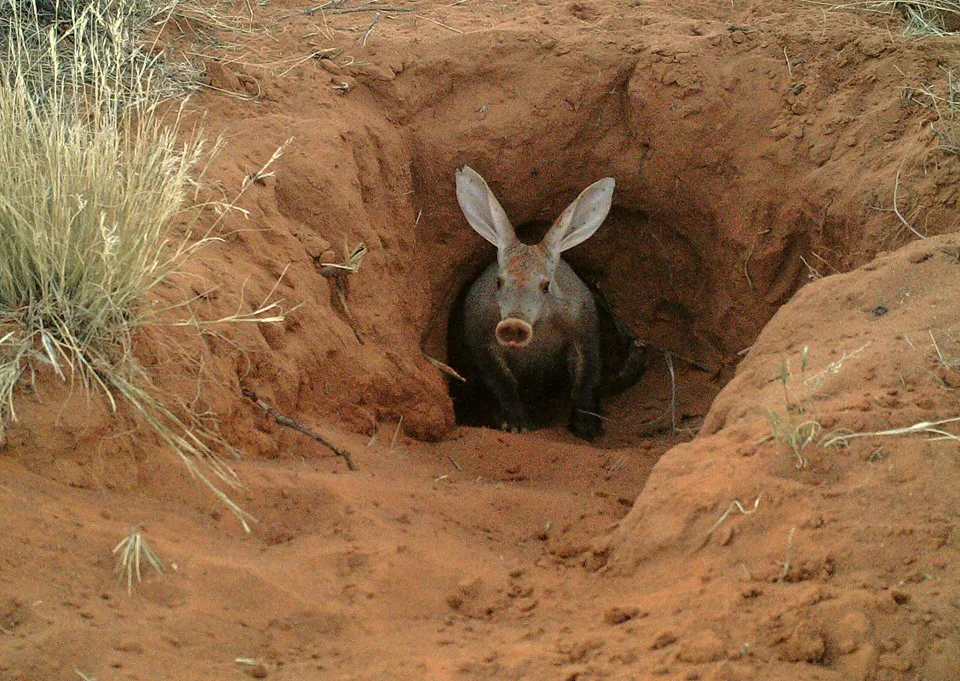
VII. Conservation Status:
– All four mammals face threats from habitat loss, poaching, and illegal wildlife trade, leading to varying degrees of endangerment across their ranges. Conservation efforts are crucial to protect these unique species and their habitats.
VIII. Ecological Importance:
– Pangolins, armadillos, anteaters, and aardvarks play vital roles in their respective ecosystems as insectivores and seed dispersers, contributing to the balance of their habitats and maintaining biodiversity.
IX. Human Interaction:
– Human activities such as deforestation, urbanization, and illegal hunting pose significant threats to the survival of pangolins, armadillos, anteaters, and aardvarks, underscoring the importance of conservation efforts and sustainable practices.
*Details of Comparison
| Criteria | Pangolin | Armadillo | Anteater | Aardvark |
| Taxonomy | Pholidota, Manidae | Cingulata, Dasypodidae | Pilosa, Various Families |
Tubulidentata, Orycteropodidae
|
| Appearance | Keratin scales, artichoke-like | Tough, bony shell | Sleek body, tubular snout |
Pig-like body, long snout
|
| Size | 30 to 100 cm | Varies (10 to 150 cm) | Giant anteater around 180 cm | 105 to 130 cm |
| Weight | 1 to 33 kg | Varies (few hundred g to 54 kg) | 27 to 41 kg | 40 to 65 kg |
| Dentition | Lack teeth, long tongue | Simple peg-like teeth | Reduced teeth, long tongue |
Lack teeth suitable for grinding
|
| Offensive Advantages | Sharp claws | Rolling into a ball | Powerful forelimbs and claws |
Sharp claws for digging
|
| Defensive Advantages | Scales made of keratin | Rolling into a protective ball | Thick fur |
Limited physical defenses
|
| Speed | Slow-moving | Varied (some slow, some faster) | Moderate speed |
Not known for speed
|
| Agility | Limited agility | Moderate agility | Agile; capable climbers | Limited agility |
| Senses | Well-developed sense of smell | Keen sense of smell, good hearing | Excellent sense of smell |
Strong sense of smell
|
| Overall Physical Capacity | Diverse adaptations | Diverse adaptations | Diverse adaptations |
Diverse adaptations
|
| Habitat Preference and Region | Tropical and subtropical regions | Various environments in the Americas | Central and South America |
Sub-Saharan Africa
|
| Tracks | Unique tracks with distinct patterns | Unique tracks with distinct patterns | Unique tracks with distinct patterns |
Unique tracks with distinct patterns
|
| Lifespan | 12 to 20 years | Varies (4 to 30 years) | Around 14 years |
Approximately 23 years (in captivity)
|
| Mode of Feeding | Insectivores | Omnivores | Insectivores | Insectivores |
| Intelligence | Limited cognitive abilities | Moderate intelligence | Limited cognitive abilities |
Limited cognitive abilities
|
| Social Behavior | Generally solitary | Solitary to moderately social | Mostly solitary |
Generally solitary
|
| Reproduction | Varies (single to litters) | Varies (single to litters) | Usually single offspring |
Usually single offspring
|
| Parental Behavior | Limited parental care | Varied parental care | Limited parental care |
Limited parental care
|
| Proximity to Human Areas | Face threats, illegal wildlife trade | Some adaptation, some face threats | Face threats, habitat destruction |
Vulnerable to habitat loss
|
| Behavior Toward Humans | Generally shy and elusive | Responses vary, some cautious | Typically avoids, can be defensive |
Generally shy, may be aggressive
|
| Danger Posed to Humans | Generally not dangerous | Generally not dangerous | Typically not dangerous, can be aggressive |
Generally not considered dangerous
|
| Precautions | Conservation efforts, avoid illegal trade | Avoid direct contact, health precautions | Caution to avoid provocation |
Respect space to avoid defensive reactions
|
| Conservation Status | Endangered or critically endangered | Varies, some face threats | Varies, some near threatened |
Not well-documented
|
Key Points
- Diverse adaptations and ecological niches among the species.
- Different physical features and defensive strategies.
- Varied reproductive strategies and parental care.
- Impact of human activities on their populations.
- Conservation statuses vary, with pangolins facing significant threats.
1. Taxonomy:
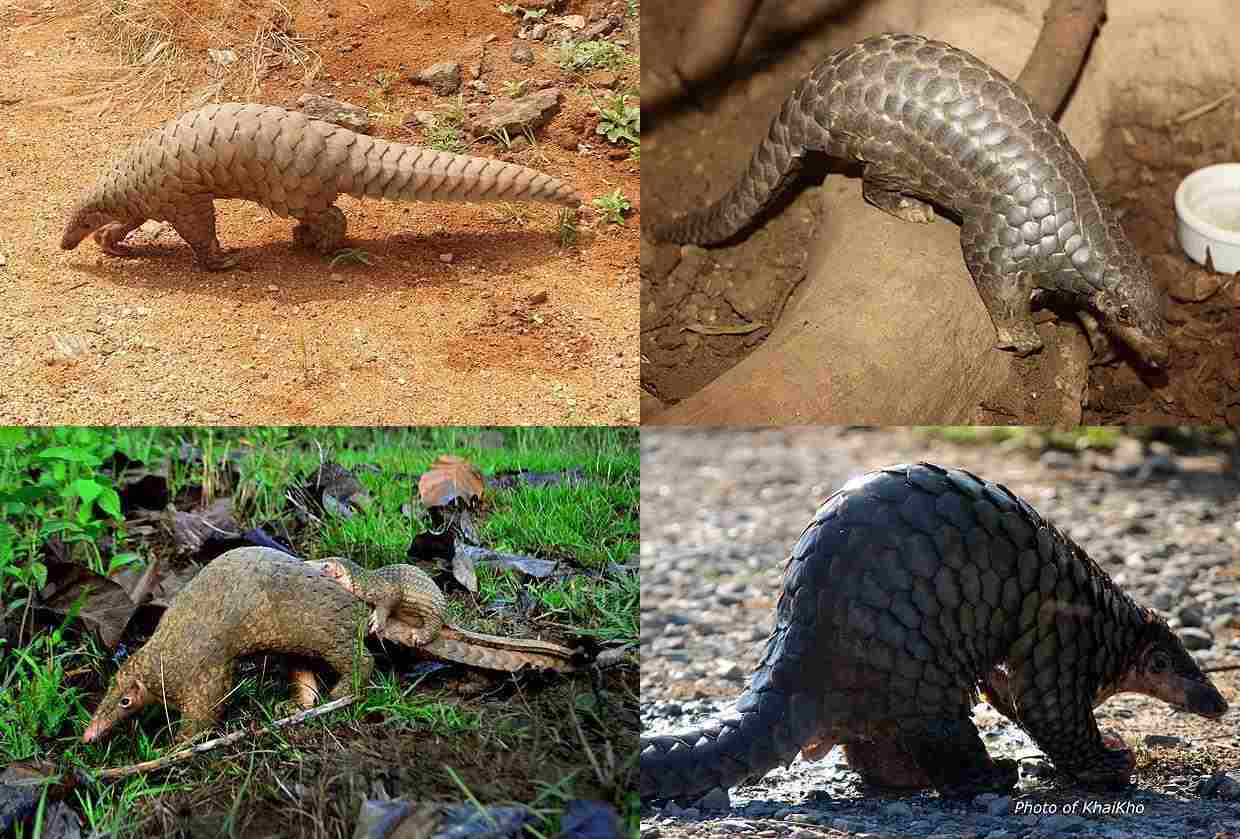
Pangolin: Order: Pholidota, Family: Manidae (Eight species within the family)
Armadillo: Order: Cingulata, Family: Dasypodidae (20 different species)
Anteater: Order: Pilosa, Suborder: Vermilingua, Families: Myrmecophagidae (Giant anteater), Cyclopedidae (Silky anteater), and Myrmecobiidae (Numbat)
Aardvark: Order: Tubulidentata, Family: Orycteropodidae (Single species – Orycteropus afer)
2. Appearance:
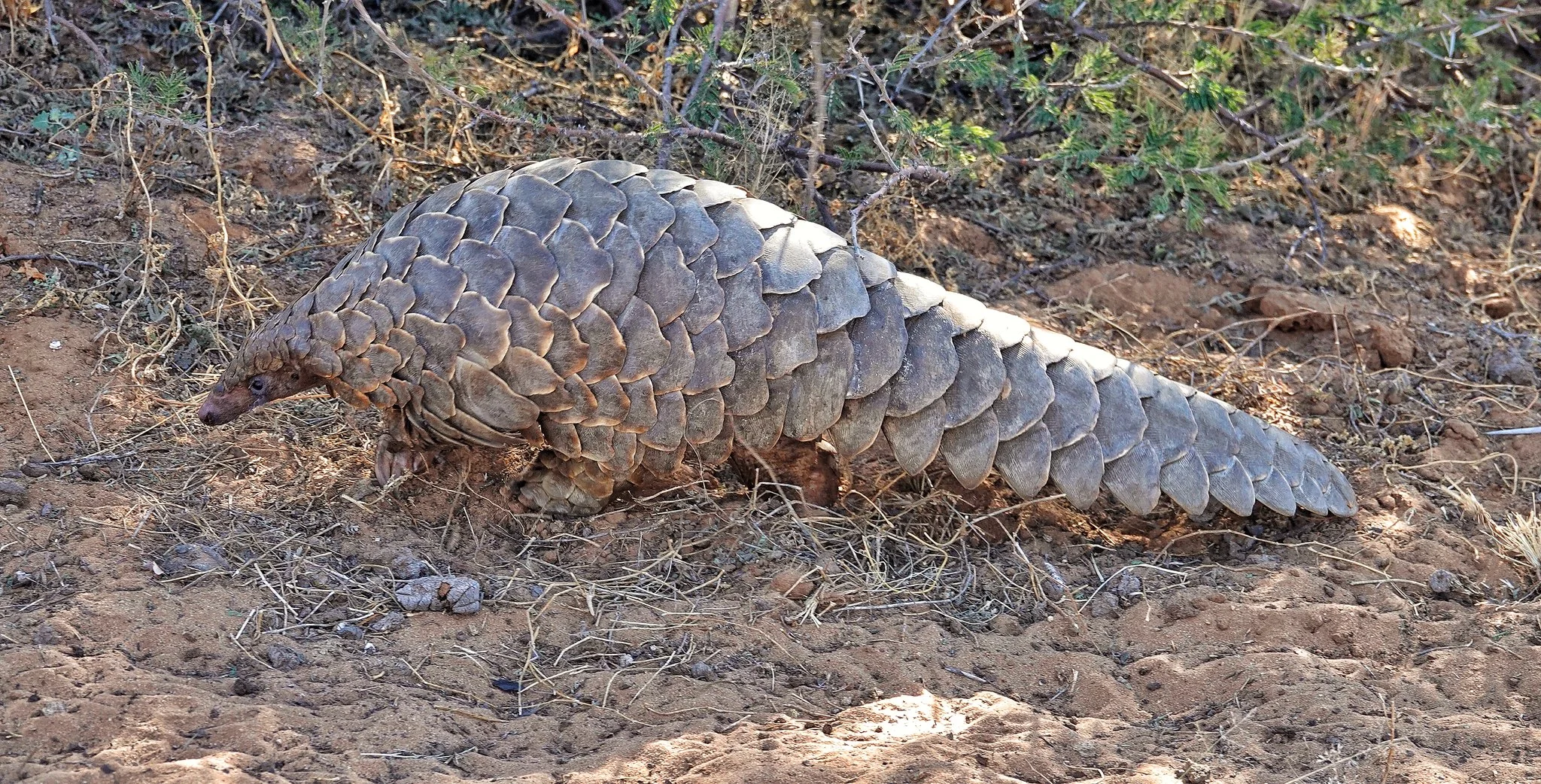
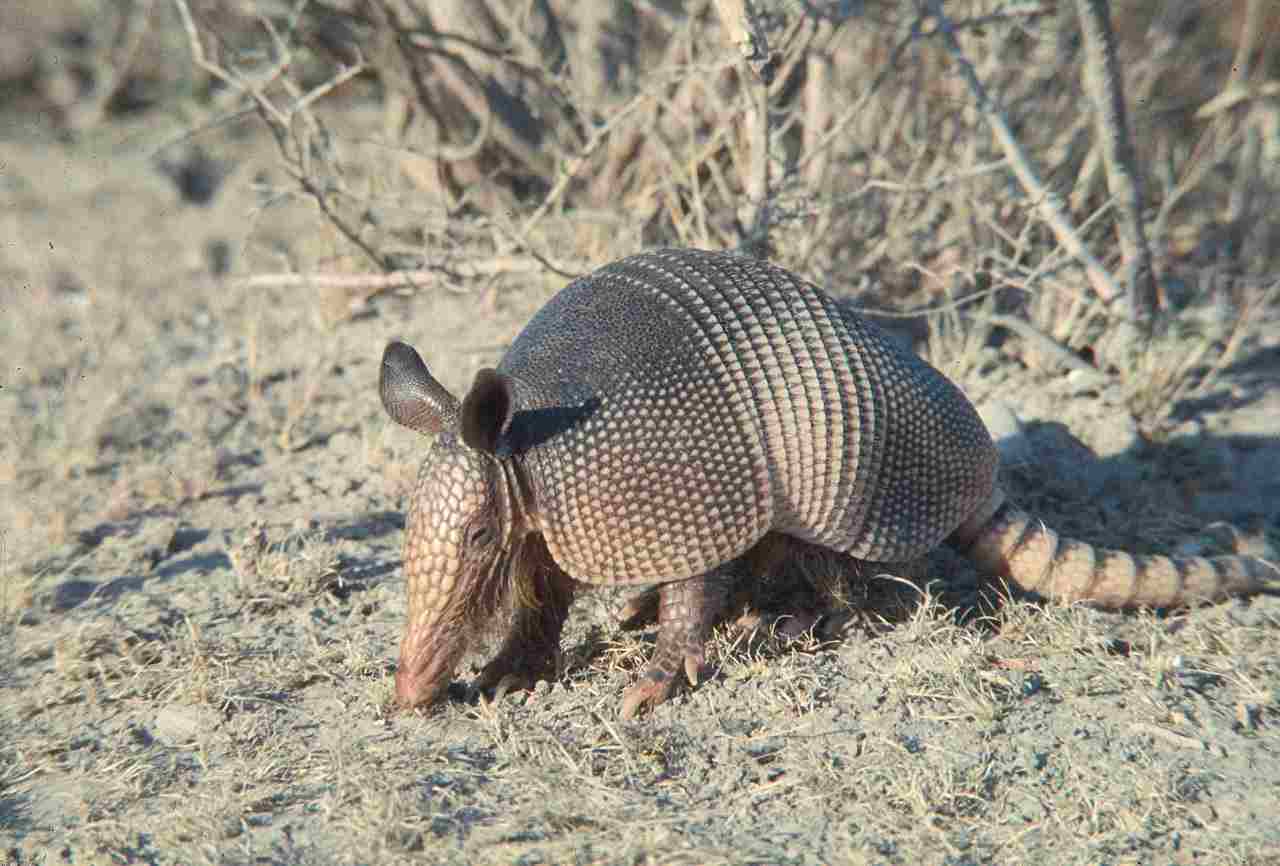
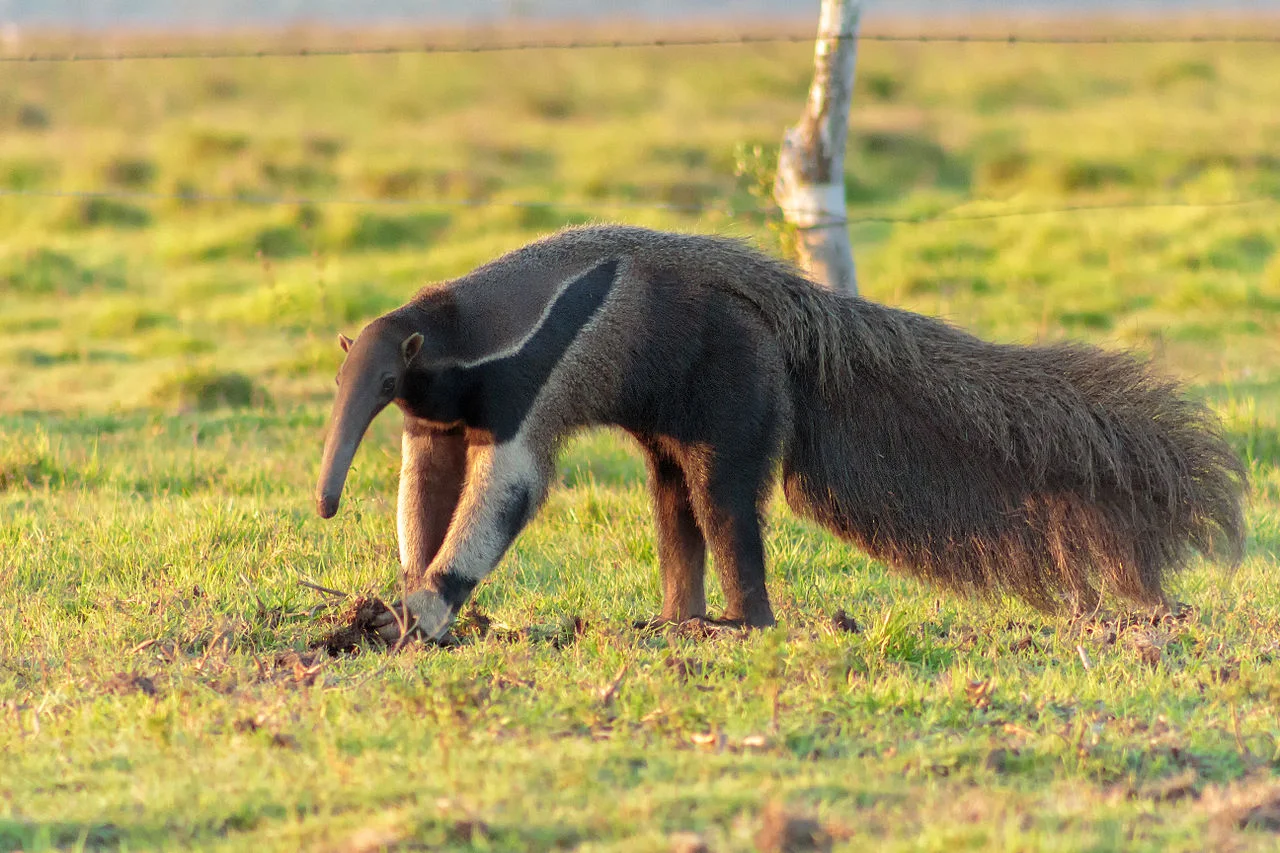
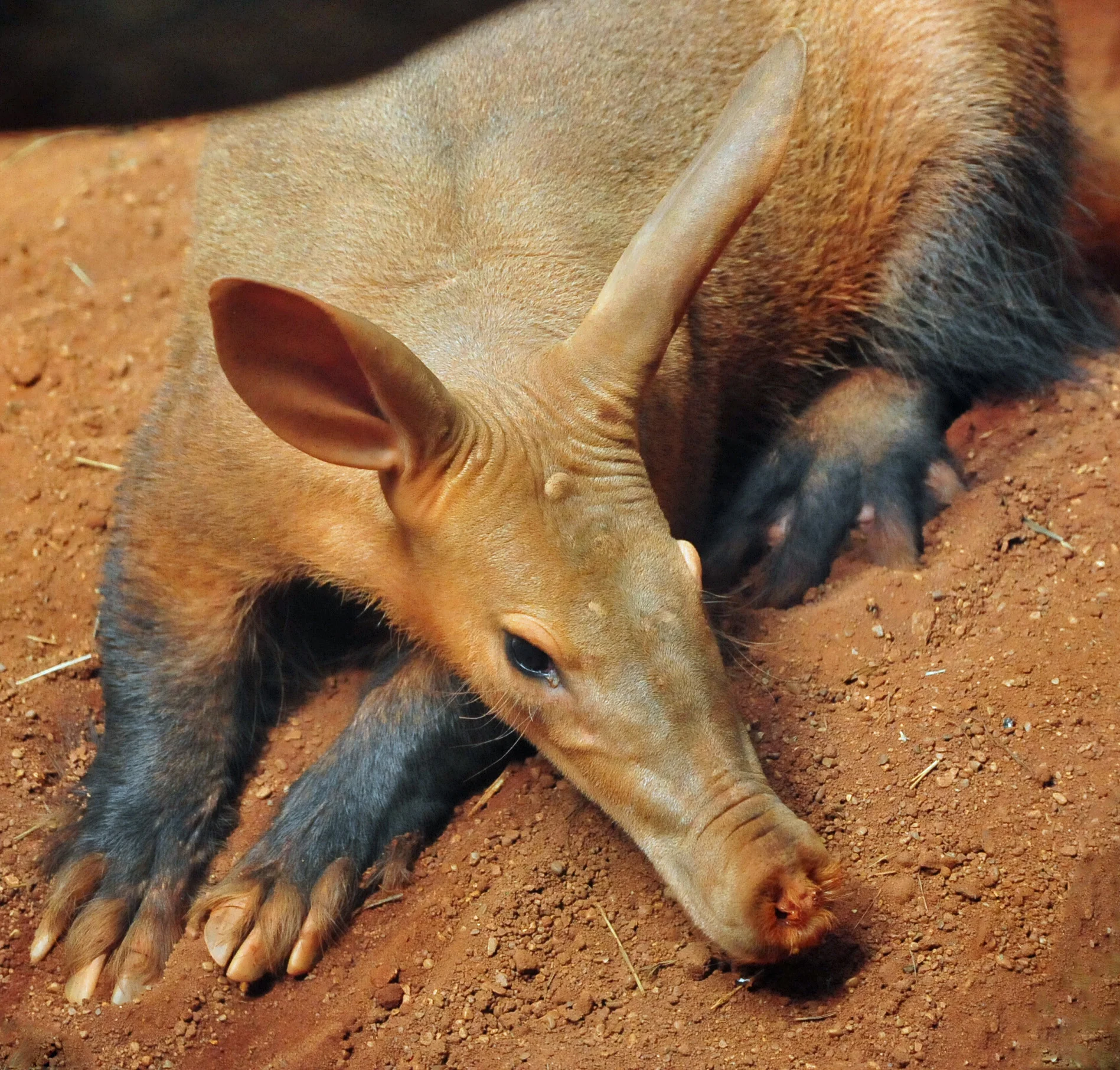
Pangolin: Covered in keratin scales, resembling an artichoke. Long, sticky tongue for insect consumption.
Armadillo: Possesses a tough, bony shell covering its body. Varied species exhibit different sizes and shapes.
Anteater: Sleek, elongated body with a tubular snout for feeding on ants and termites.
Aardvark: Pig-like body with a long snout, large ears, and a tail. Lack of scales or armor.
Comparison: While pangolins and armadillos have protective armor, anteaters and aardvarks rely on their unique body structures for survival.
Ecological Implications: Armor provides defense against predators for pangolins and armadillos, while anteaters and aardvarks’ adaptations reflect their specialized diets.
3. Size:
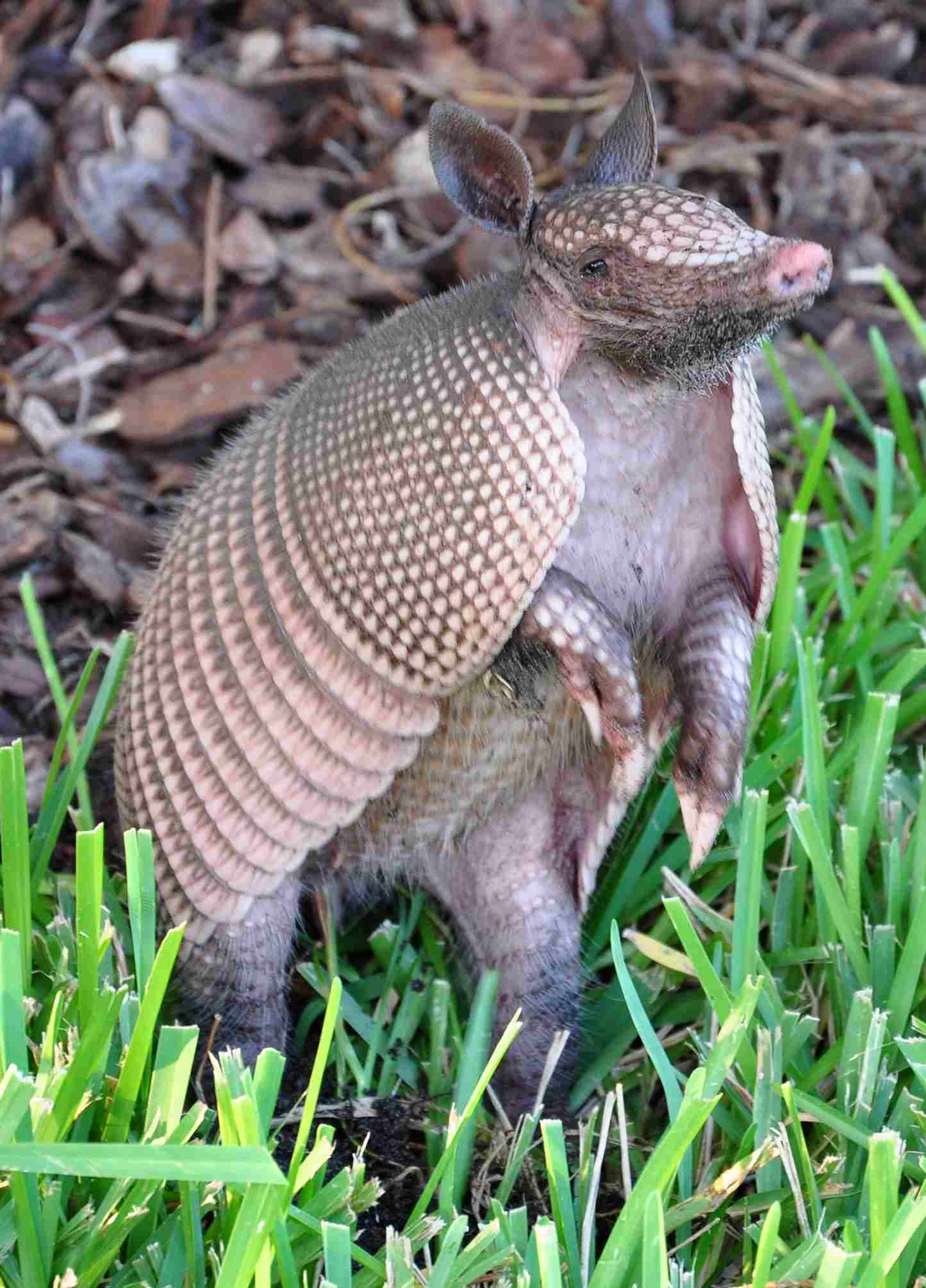
Pangolin: Ranges from 30 to 100 cm in length, depending on species.
Armadillo: Varies greatly, from the small pink fairy armadillo to the giant armadillo, with sizes ranging from 10 to 150 cm.
Anteater: Giant anteater averages around 180 cm in length, while silky anteaters are smaller.
Aardvark: Typically 105 to 130 cm in length.
Comparison: Armadillos exhibit the most size diversity, ranging from the smallest to the largest, while pangolins and aardvarks have relatively moderate sizes.
Ecological Implications: Size impacts resource requirements, competition, and ecological roles within their respective habitats.
4. Weight:
Pangolin: Weights range from 1 to 33 kg, depending on the species.
Armadillo: Varies significantly, with some species weighing only a few hundred grams, while others, like the giant armadillo, can reach up to 54 kg.
Anteater: Giant anteater can weigh between 27 to 41 kg, while silky anteaters are much lighter.
Aardvark: Typically weighs between 40 to 65 kg.
Comparison: The giant anteater and giant armadillo are the heaviest among these species, but overall, the weights vary widely.
Ecological Implications: Weight influences energy consumption, mobility, and the ability to access different types of food sources.
5. Dentition:
Pangolin: Lack teeth; uses their long, sticky tongue to capture and consume insects.
Armadillo: Possess simple peg-like teeth suited for grinding and crushing.
Anteater: Teeth are reduced, and the tongue is adapted for capturing and consuming insects.
Aardvark: Long, tubular snout with a sticky tongue; lacks teeth suitable for grinding.
Comparison: While pangolins and anteaters have reduced or no teeth, armadillos and aardvarks possess teeth adapted to their specific diets.
Ecological Implications: Dentition influences the type of food consumed and the efficiency of nutrient extraction from their diet.
6. Physical Offensive Advantages:
Pangolin: Sharp claws for digging into termite mounds and ant nests.
Armadillo: Can roll into a ball, presenting a tough armored exterior as a defense mechanism.
Anteater: Powerful forelimbs and claws for tearing into termite mounds and ant nests.
Aardvark: Sharp claws for digging and breaking into termite mounds.
Comparison: Pangolins, anteaters, and aardvarks utilize sharp claws for offense, while armadillos employ the unique defensive strategy of rolling into a protective ball.
Ecological Implications: Offensive adaptations are crucial for accessing food resources, particularly in the context of insect predation.
7. Physical Defensive Advantages:
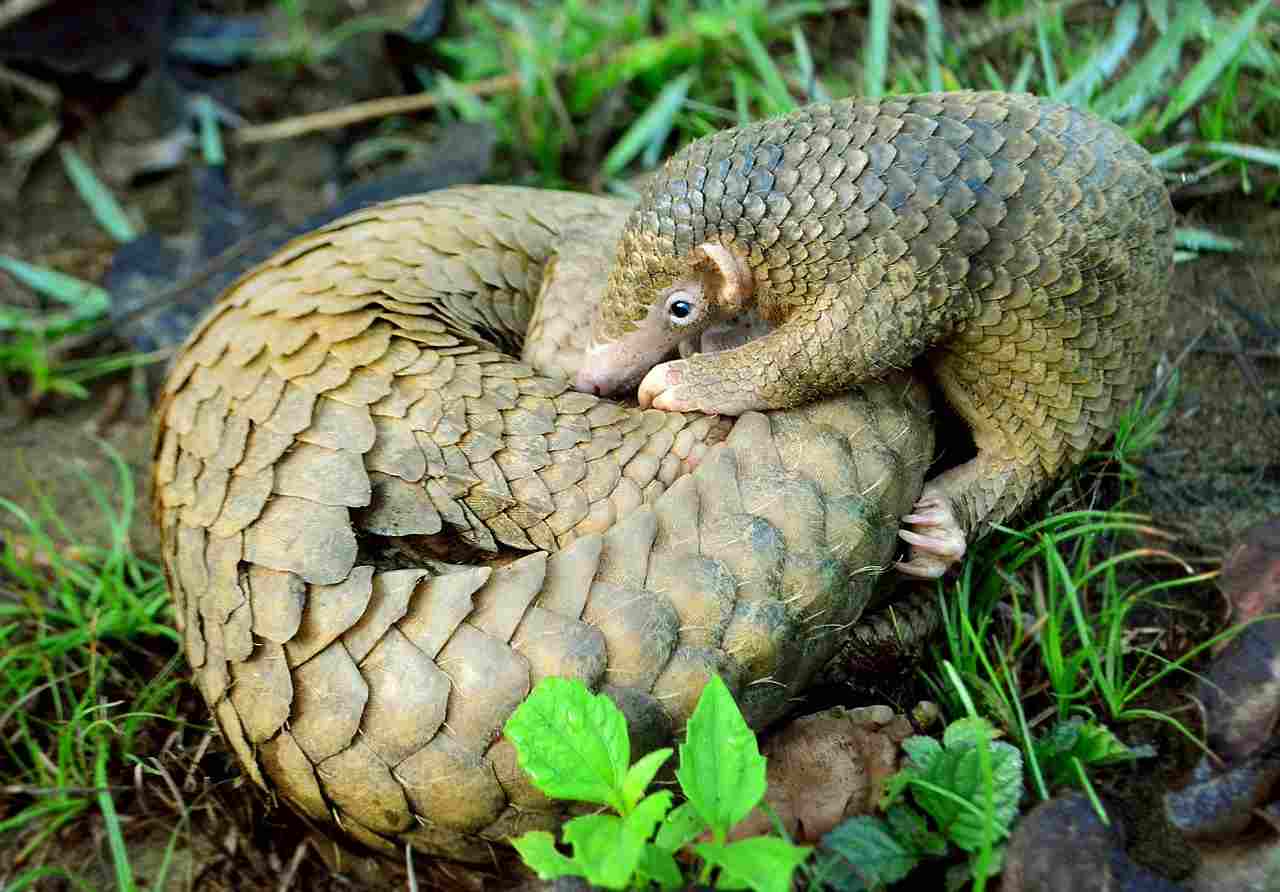
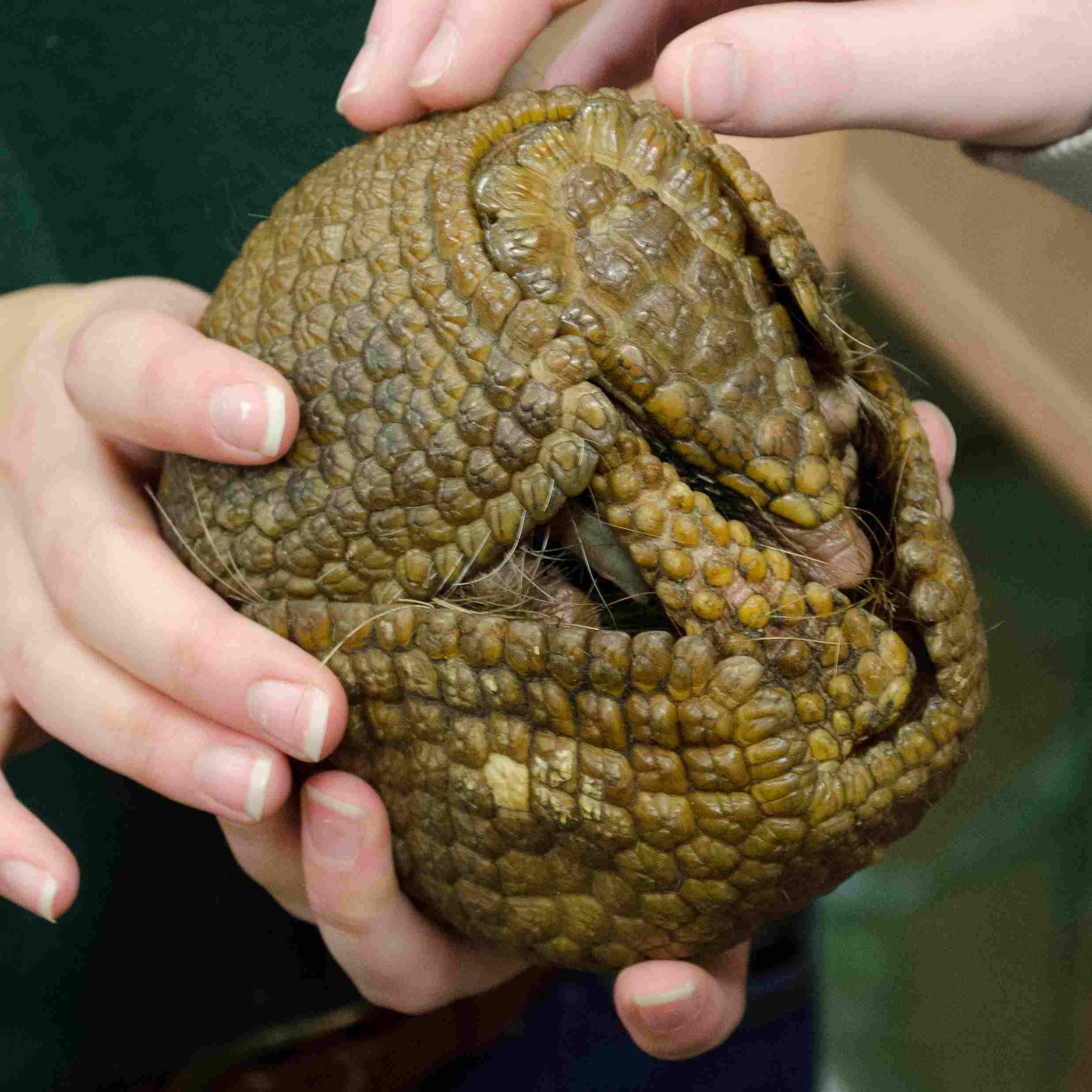
Pangolin: Scales made of keratin provide a protective armor against predators.
Armadillo: The ability to roll into a ball, presenting a hard, armored surface.
Anteater: Thick fur provides some protection, and their strong forelimbs can be used defensively.
Aardvark: Limited physical defenses; relies more on evasion and burrowing.
Comparison: Pangolins and armadillos exhibit strong physical defenses with their scales and rolling behavior, while anteaters and aardvarks rely more on evasion.
Ecological Implications: Defensive strategies are essential for survival, impacting the interaction with predators in their respective ecosystems.
8. Speed (Km/hour or Mile/hour):
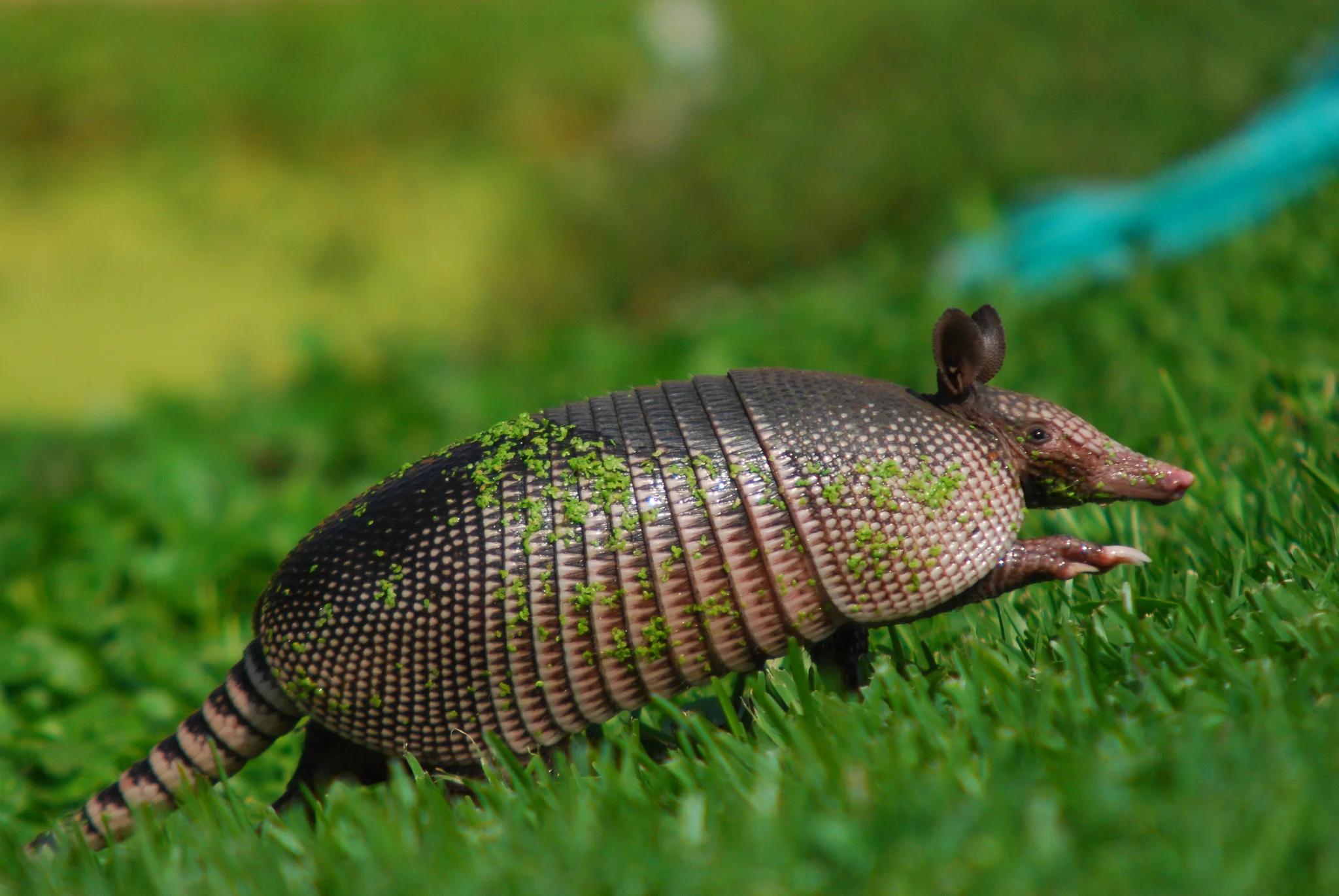
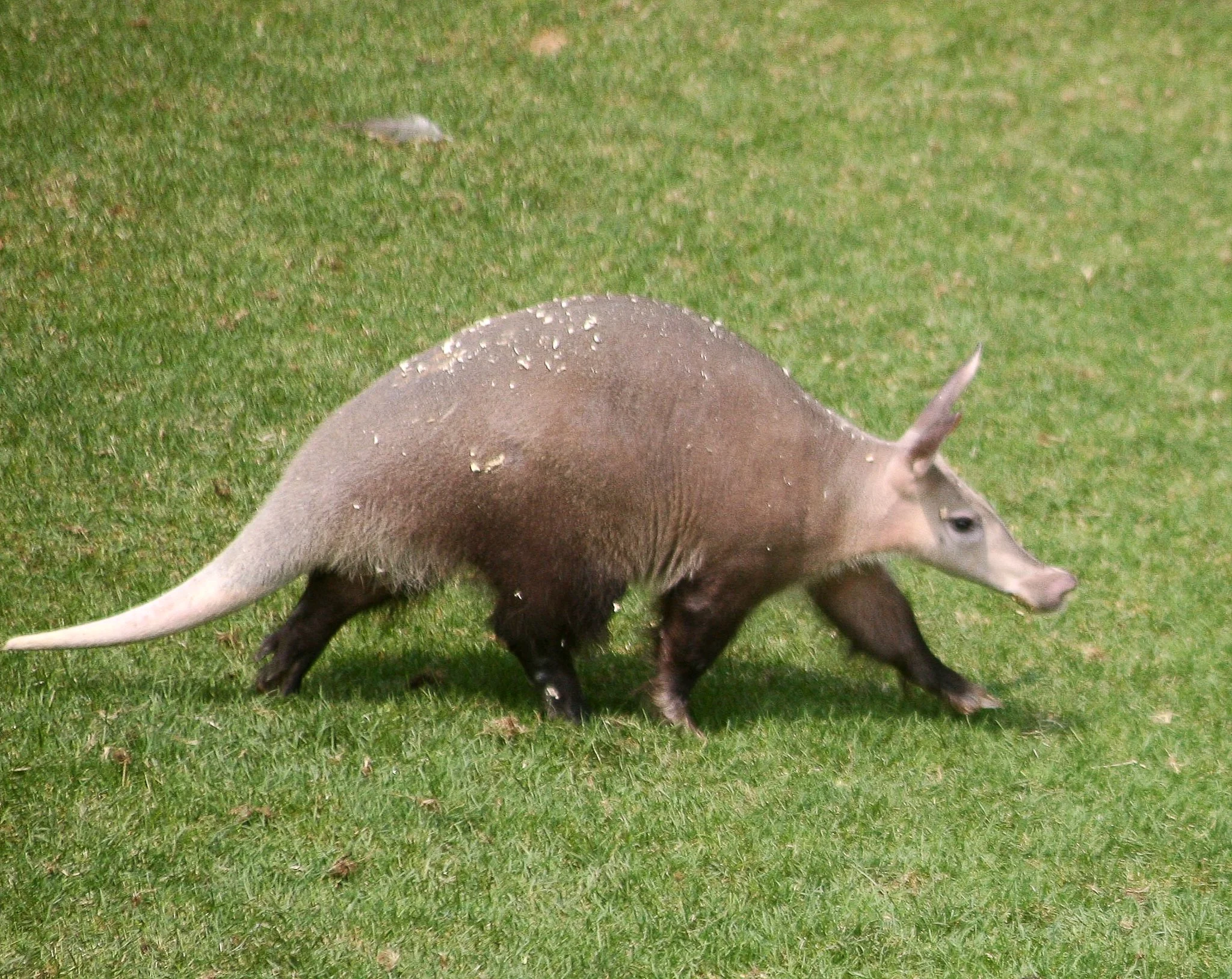
Pangolin: Limited mobility on land; slow-moving.
Armadillo: Varies among species; some are slow, while others can move relatively fast.
Anteater: Moderate speed; capable of rapid movements when threatened.
Aardvark: Not known for speed; relies on burrowing for protection.
Comparison: Armadillos and anteaters demonstrate more varied speeds, while pangolins and aardvarks are generally slower.
Ecological Implications: Speed impacts the ability to evade predators and capture prey, influencing their role in the food chain.
9. Agility:
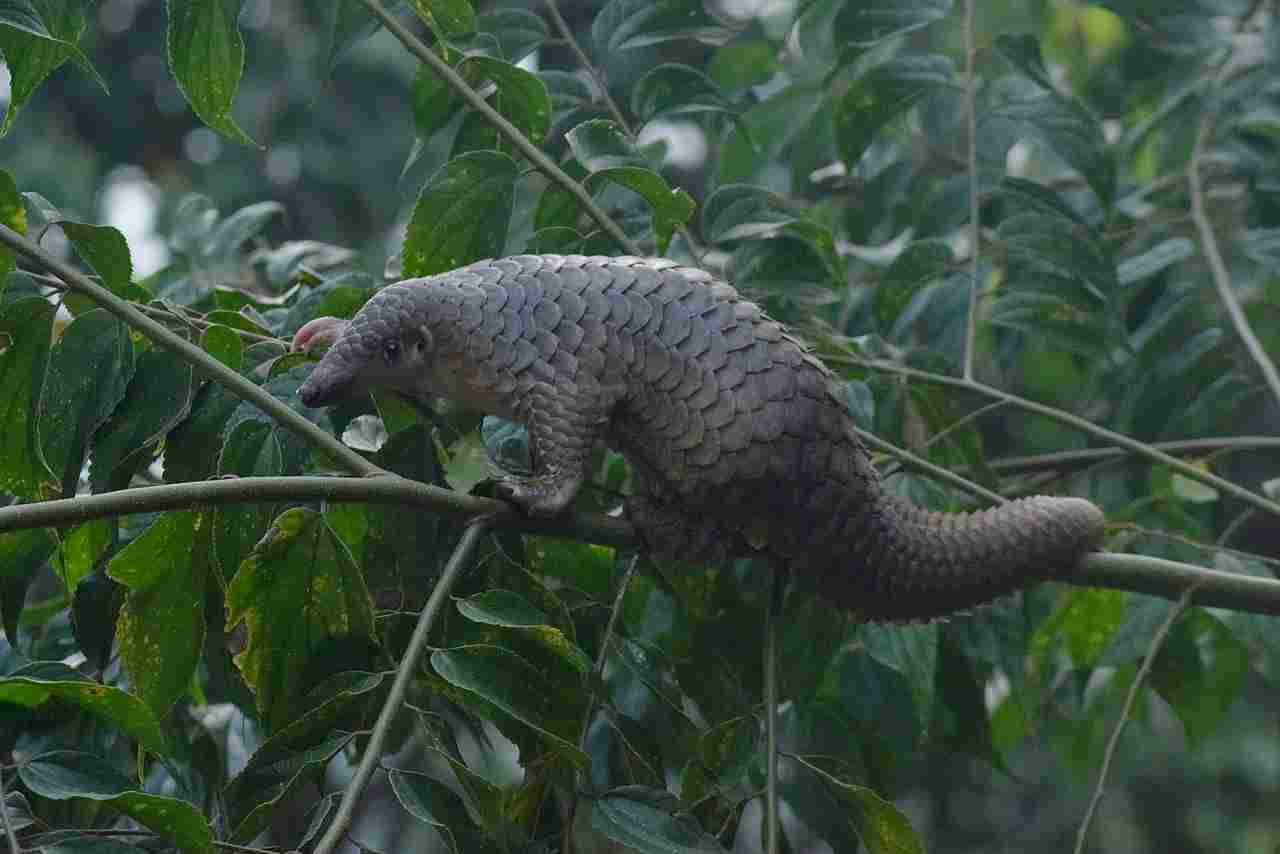
Pangolin: Limited agility; relies on digging and climbing small obstacles.
Armadillo: Moderate agility, with some species able to climb and swim.
Anteater: Agile when moving through forests; capable climbers.
Aardvark: Limited agility on land, but adept at digging and burrowing.
Comparison: Anteaters show the highest agility, capable of climbing trees and moving swiftly in their habitat.
Ecological Implications: Agility is crucial for navigating their environment, accessing resources, and avoiding predators.
10. Senses:
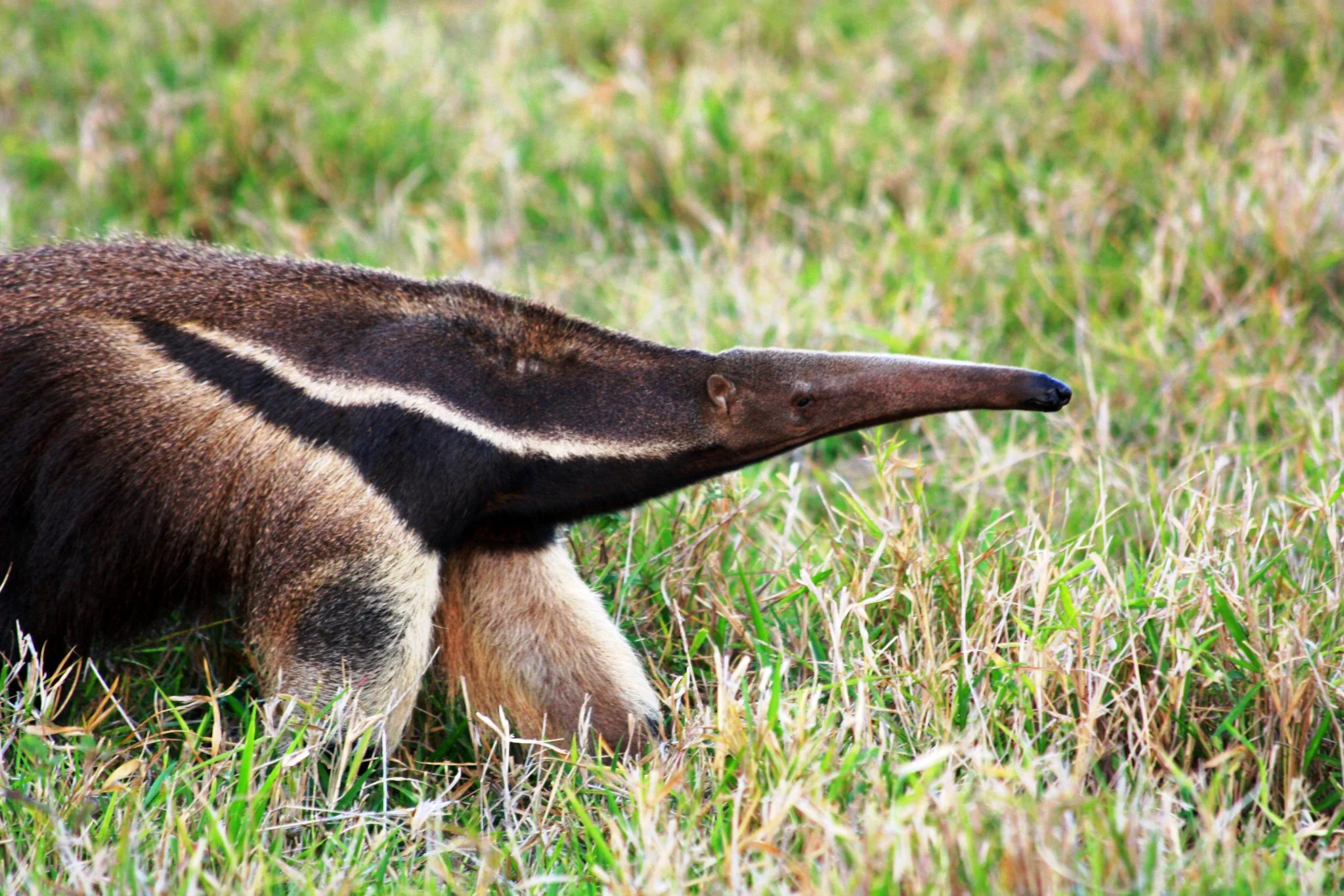
Pangolin: Well-developed sense of smell; poor eyesight and hearing.
Armadillo: Relies heavily on a keen sense of smell and good hearing; limited eyesight.
Anteater: Excellent sense of smell; relatively poor eyesight and hearing.
Aardvark: Strong sense of smell; limited eyesight and hearing.
Comparison: All four species heavily rely on their sense of smell for foraging, with varying degrees of visual and auditory capabilities.
Ecological Implications: Senses play a critical role in locating food sources, navigating their environment, and detecting potential threats.
11. Overall Physical Capacity:
Pangolin: Specialized for digging and climbing; strong forelimbs for breaking into ant nests.
Armadillo: Versatile physical abilities, including digging, climbing, and rolling into a protective ball.
Anteater: Adapted for climbing, tearing into termite mounds, and utilizing their long tongue for feeding.
Aardvark: Specialized for digging; powerful limbs and claws for accessing insect prey.
Comparison: Each species has evolved specific physical capacities tailored to their unique ecological roles and survival strategies.
Ecological Implications: The overall physical capacity determines their effectiveness in obtaining food and avoiding predators.
12. Habitat Preference(s) and Geographic Region:
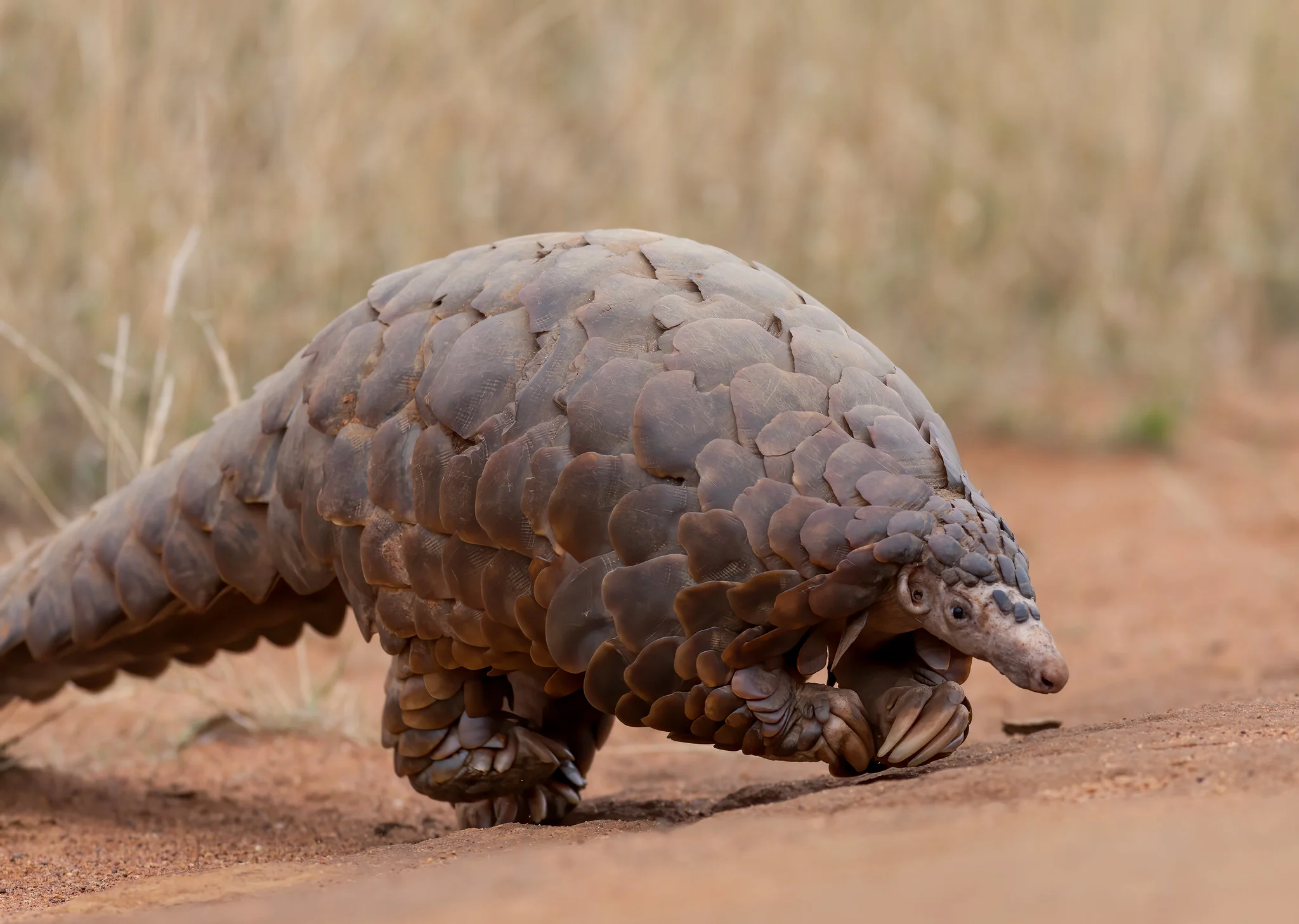
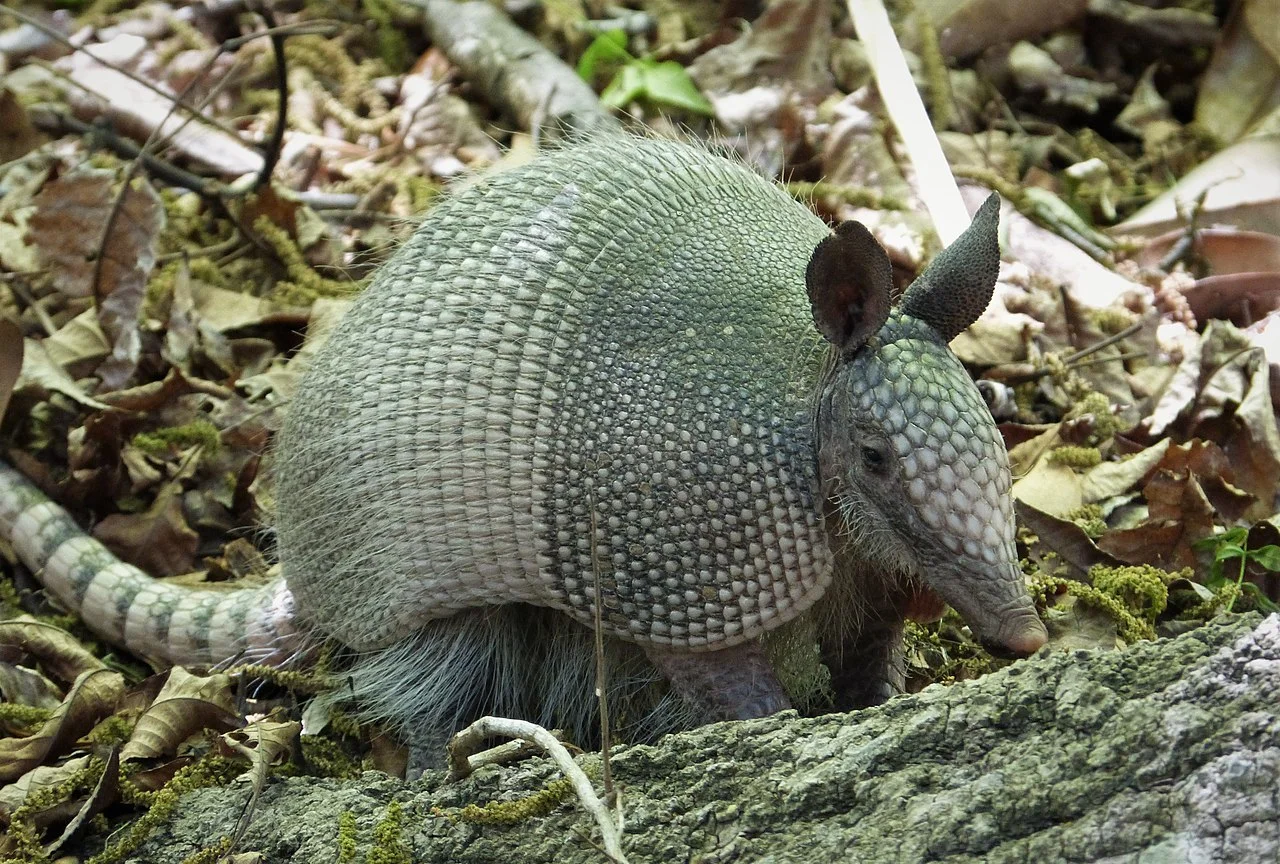
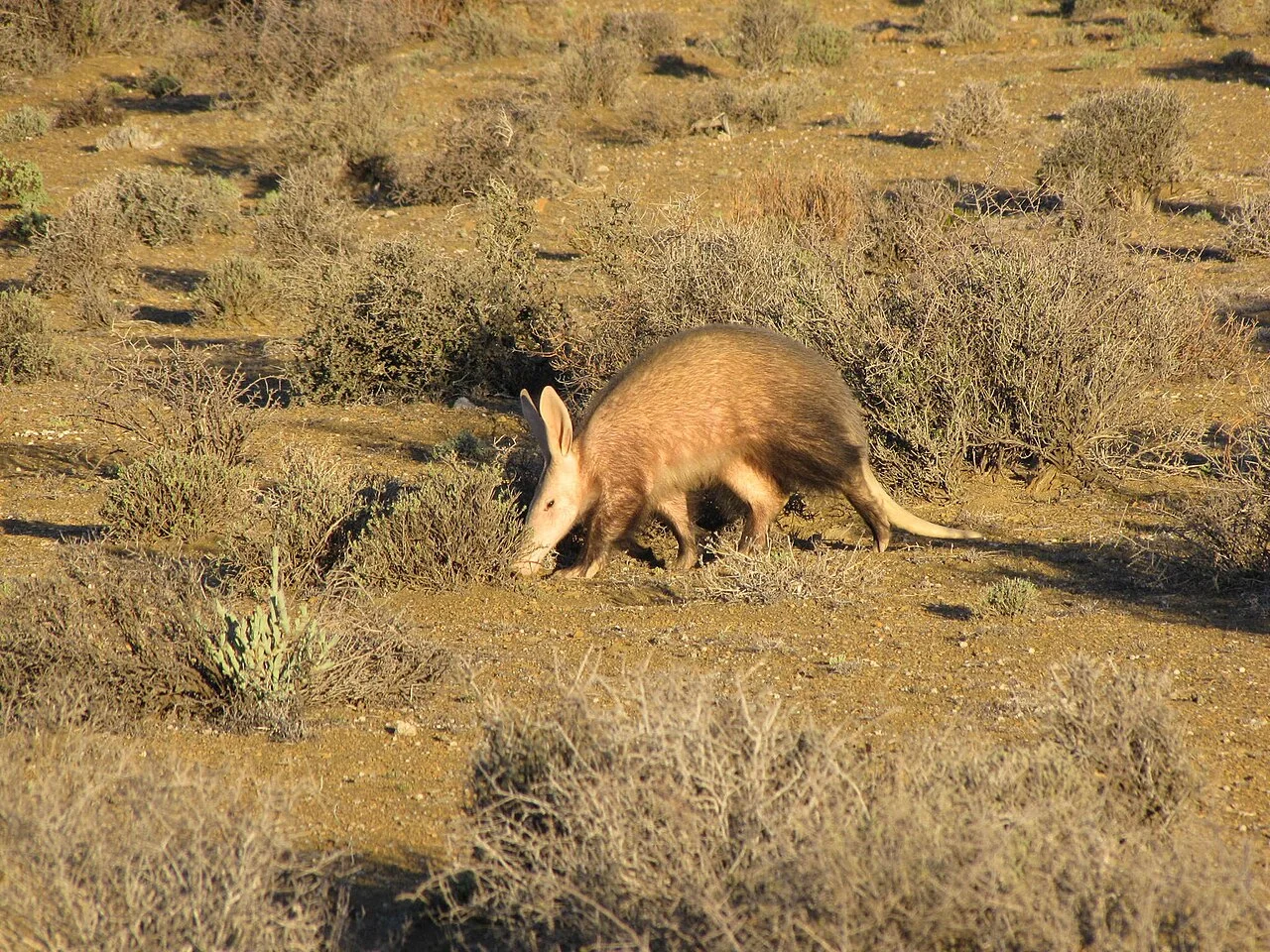
Pangolin: Found in tropical and subtropical regions of Africa and Asia; diverse habitats, including forests and savannas.
Armadillo: Inhabit various environments, from rainforests to grasslands, predominantly found in the Americas.
Anteater: Primarily found in Central and South America, residing in forests, grasslands, and open areas.
Aardvark: Native to sub-Saharan Africa, favoring grasslands, savannas, and woodlands.
Comparison: Pangolins have a wider distribution, while armadillos, anteaters, and aardvarks are region-specific.
Ecological Implications: Habitat preferences influence their role in ecosystems and interactions with other species.
13. Tracks:
Pangolin: Distinctive tracks show claw marks; tail drag marks may be present.
Armadillo: Clawed prints with distinct impressions of their bony armor.
Anteater: Claw marks with elongated imprints due to their large forelimbs.
Aardvark: Large, circular tracks with claw marks; tail drag marks might be visible.
Comparison: Tracks offer a way to identify each species based on unique patterns associated with their anatomy and movement.
Ecological Implications: Tracking can aid in studying their behavior, population density, and distribution in the wild.
14. Lifespan:
Pangolin: Typically 12 to 20 years in the wild.
Armadillo: Varies among species, ranging from 4 to 30 years.
Anteater: Around 14 years in the wild.
Aardvark: Approximately 23 years in captivity; wild lifespan is not as well-documented.
Comparison: Lifespan varies significantly among these species, influenced by factors such as size, habitat, and predation risks.
Ecological Implications: Lifespan impacts reproductive strategies, population dynamics, and ecological roles.
15. Mode of Feeding:
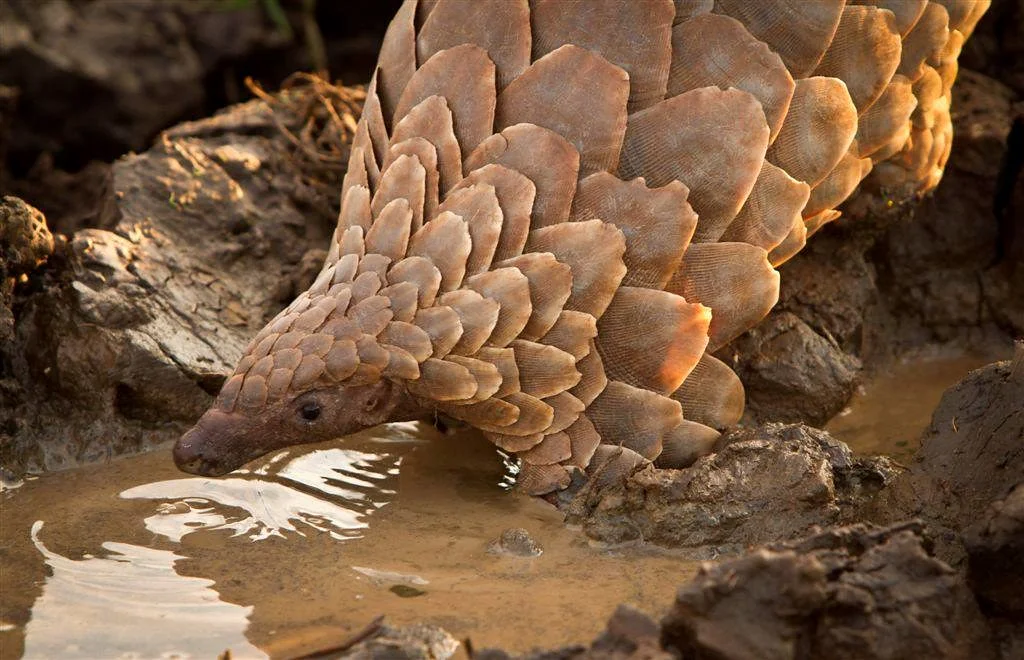
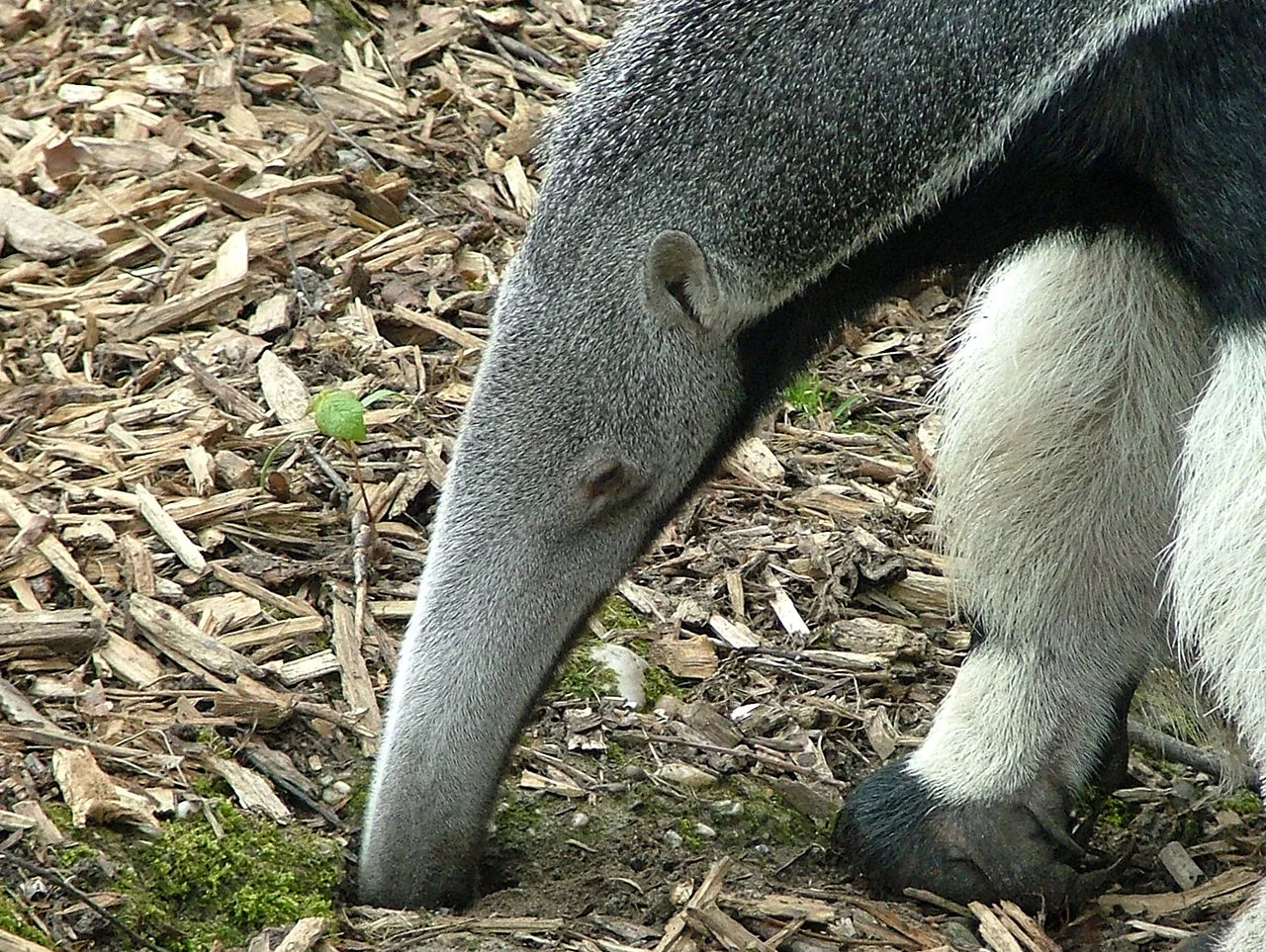
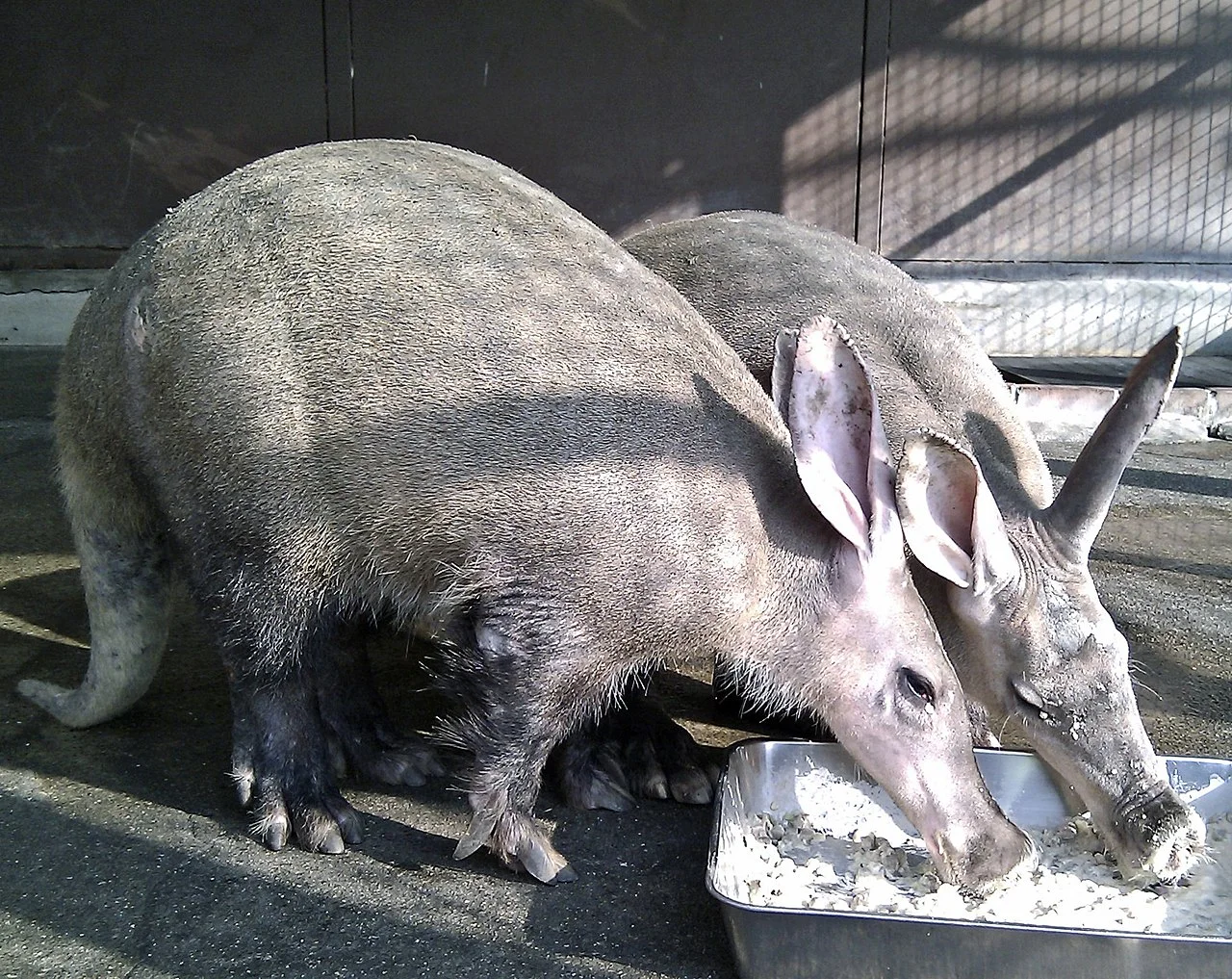
Pangolin: Insectivores; use their long tongue to capture ants and termites.
Armadillo: Omnivores; feed on insects, small vertebrates, and plant matter.
Anteater: Myrmecophagidae species are specialized insectivores, mainly feeding on ants and termites.
Aardvark: Insectivores; primarily consume ants and termites.
Comparison: Pangolins, anteaters, and aardvarks are specialized insectivores, while armadillos have a broader omnivorous diet.
Ecological Implications: Feeding behavior influences their ecological niche, impact on local insect populations, and competition with other species.
16. Intelligence:
Pangolin: Limited cognitive abilities; mainly driven by instinctual behaviors.
Armadillo: Display moderate intelligence, capable of problem-solving and learning.
Anteater: Basic cognitive abilities; rely on instincts for survival.
Aardvark: Limited cognitive abilities, primarily guided by innate behaviors.
Comparison: Armadillos demonstrate higher cognitive abilities compared to pangolins, anteaters, and aardvarks.
Ecological Implications: Intelligence influences adaptability, learning from experiences, and interactions with their environment.
17. Social Behavior:
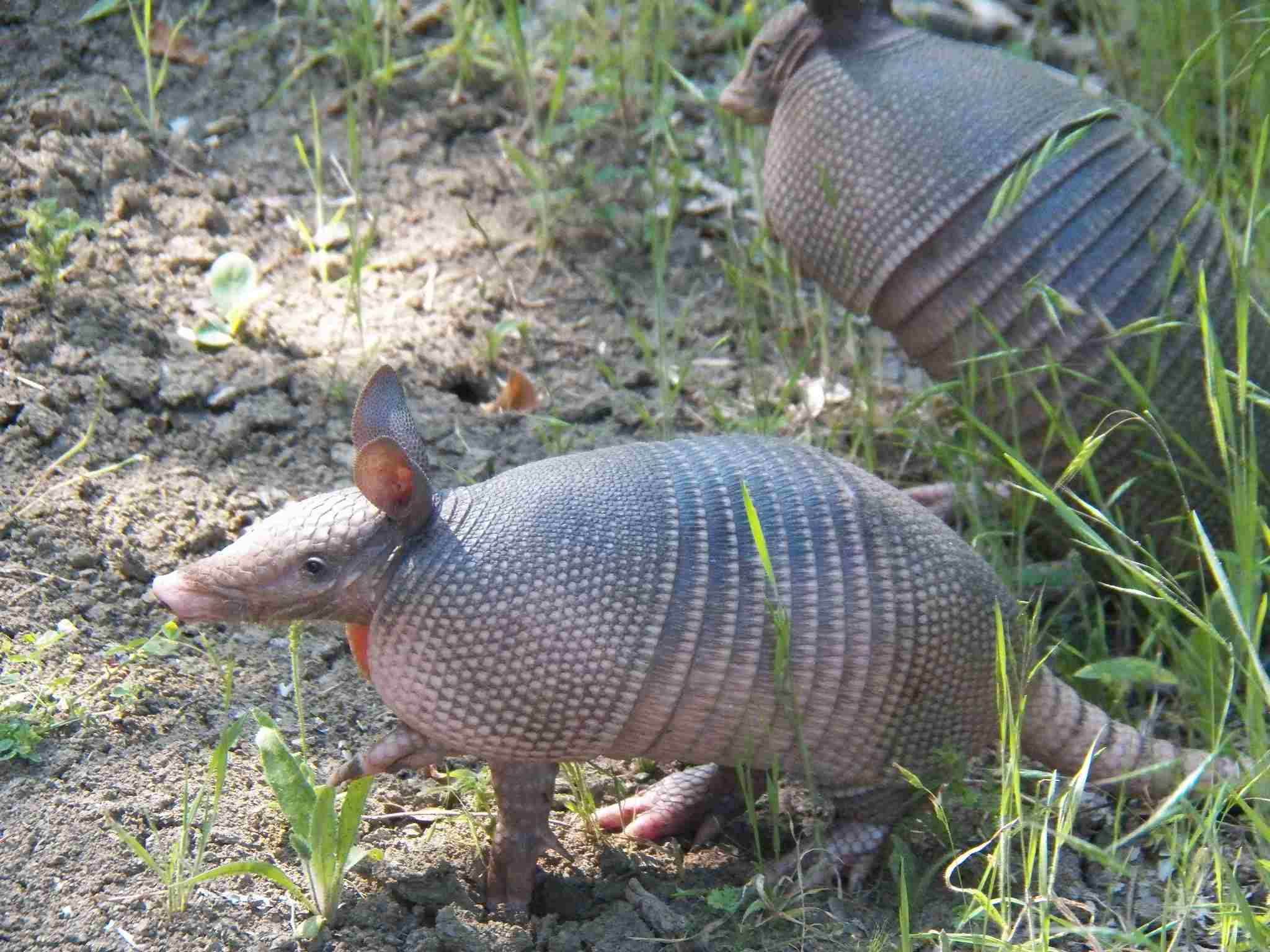
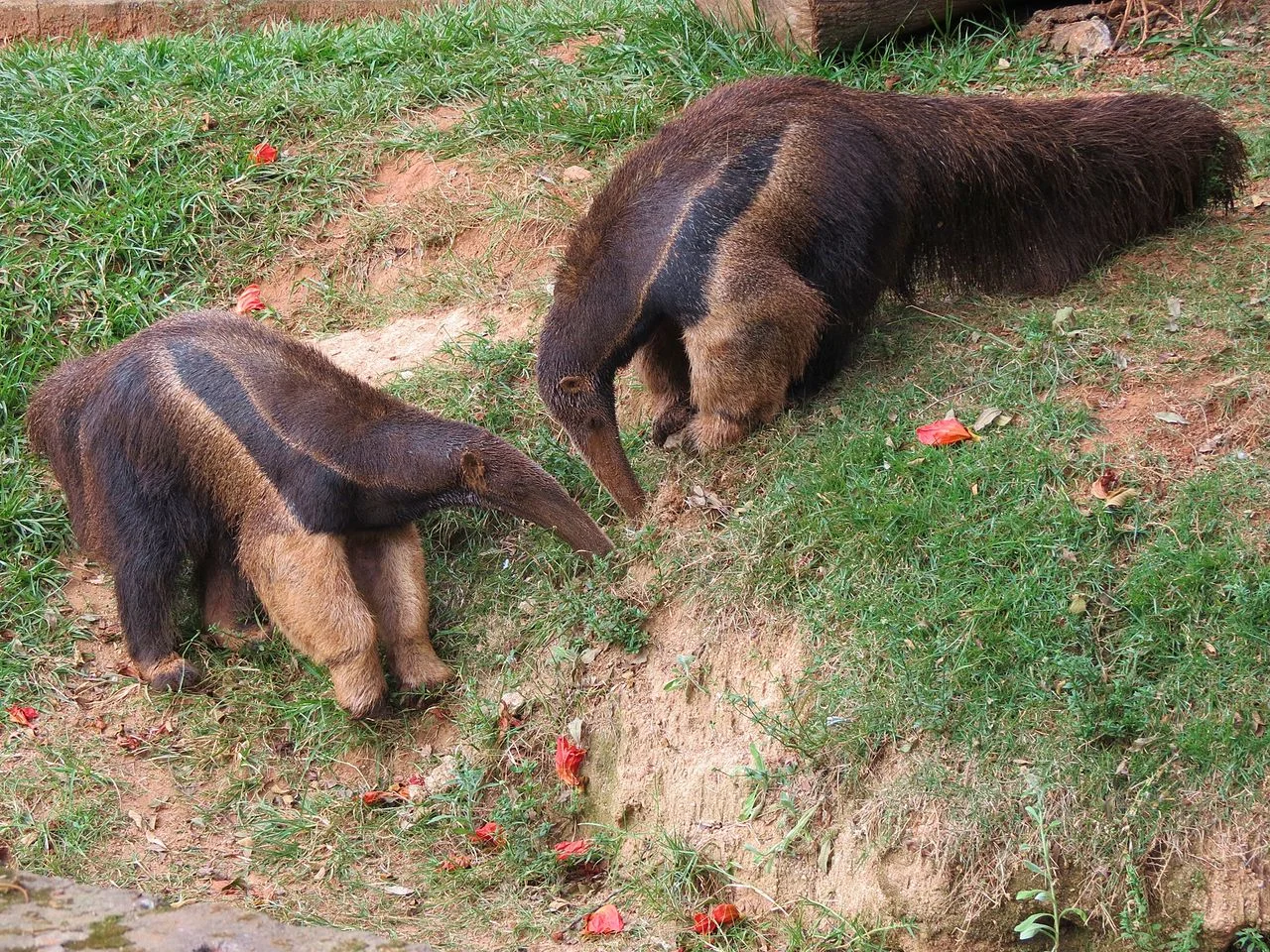
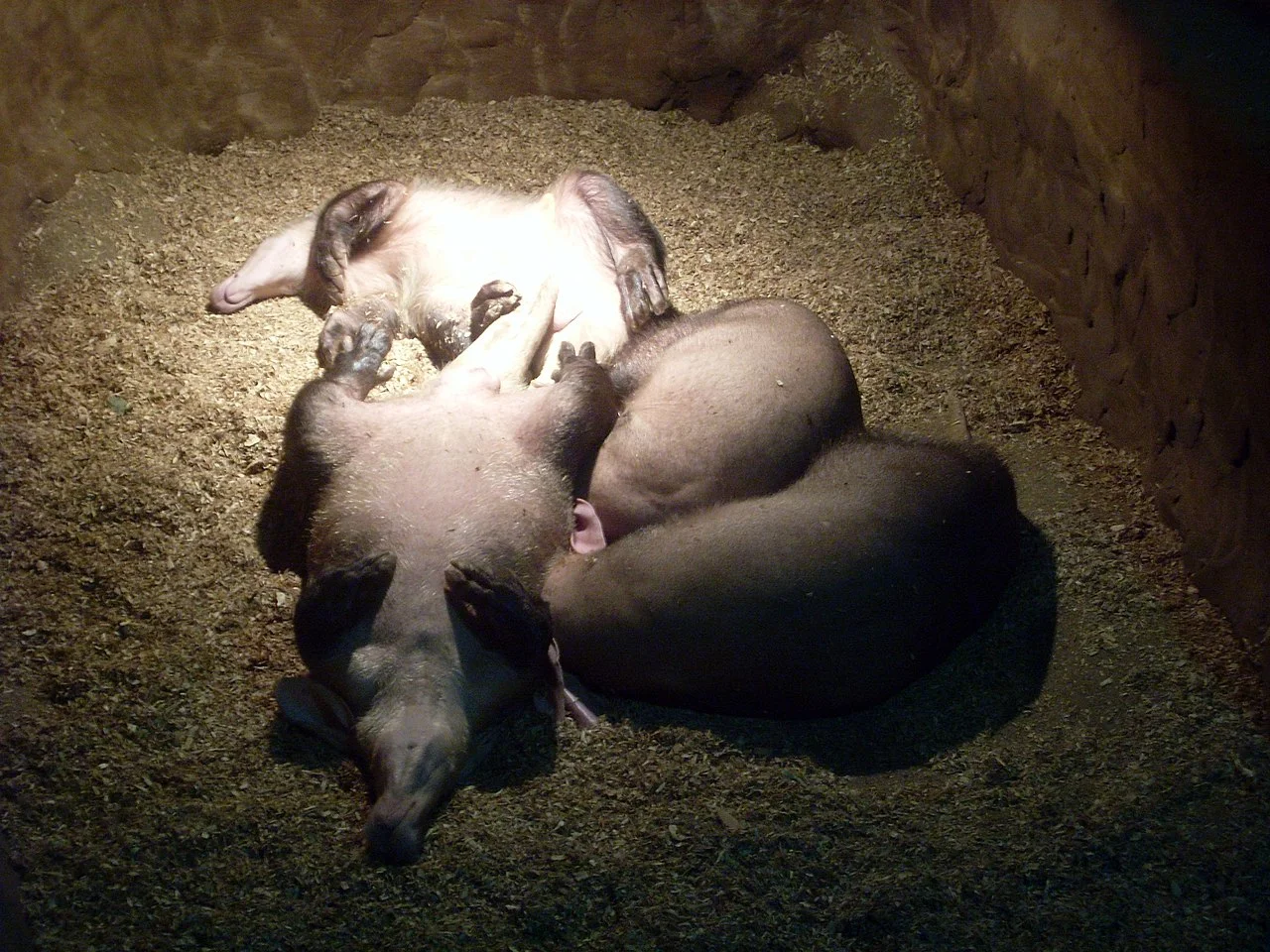
Pangolin: Primarily solitary; limited social interactions outside of mating.
Armadillo: Range from solitary to moderately social, depending on the species.
Anteater: Mostly solitary, with occasional interactions between individuals.
Aardvark: Generally solitary, coming together only during mating.
Comparison: Social behaviors vary, with pangolins being more solitary and armadillos exhibiting a broader range from solitary to social.
Ecological Implications: Social behaviors impact communication, mating strategies, and resource utilization within their respective ecosystems.
18. Mode of Reproduction:
Pangolin: Typically gives birth to a single offspring; reproductive strategies may vary among species.
Armadillo: Varies from species to species, with some giving birth to a single offspring, while others may have litters.
Anteater: Generally gives birth to a single offspring; gestation periods vary among species.
Aardvark: Usually gives birth to a single offspring after a gestation period of about seven months.
Comparison: Reproductive strategies range from single offspring to litters, influenced by factors such as size and ecological niche.
Ecological Implications: Reproductive patterns impact population dynamics and the ability to adapt to environmental changes.
19. Parental Behavior:
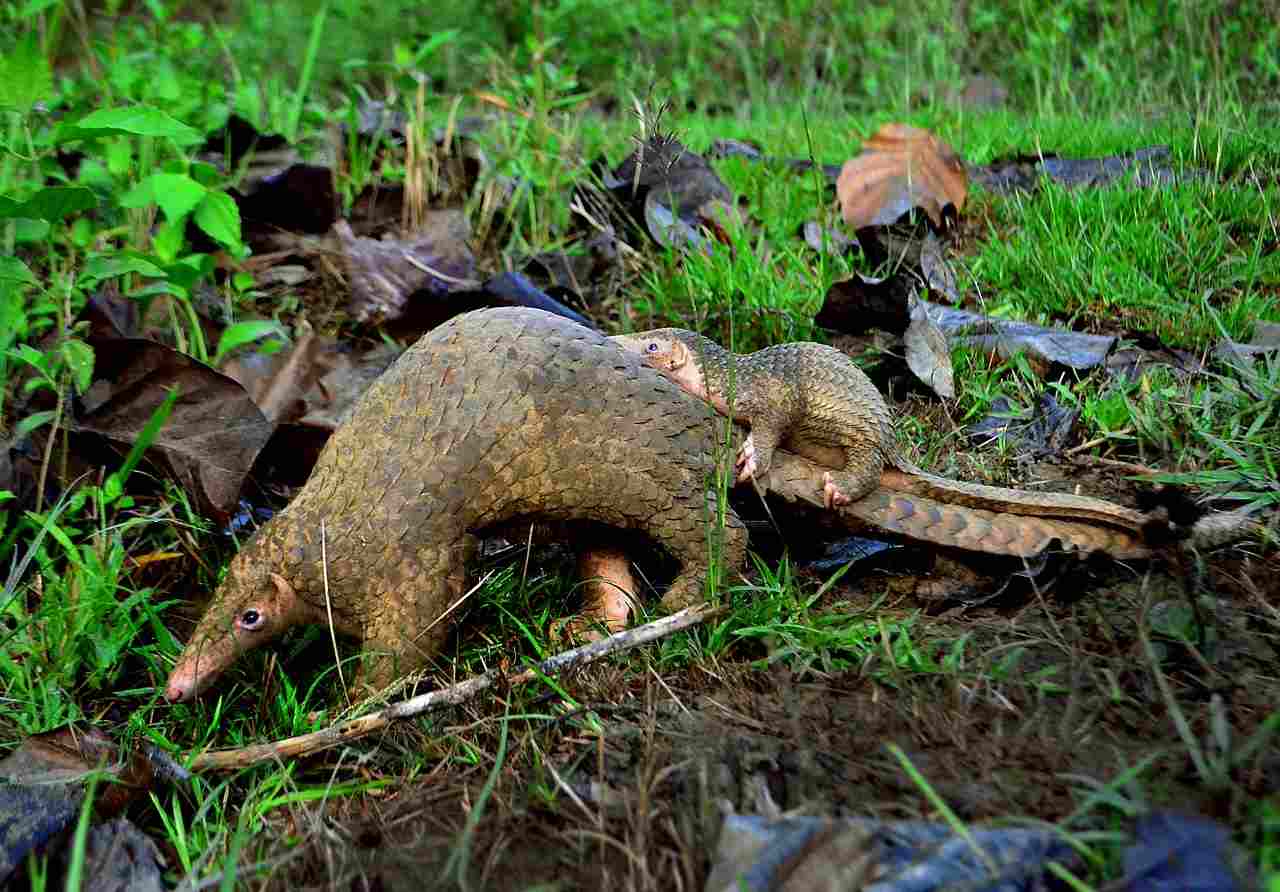
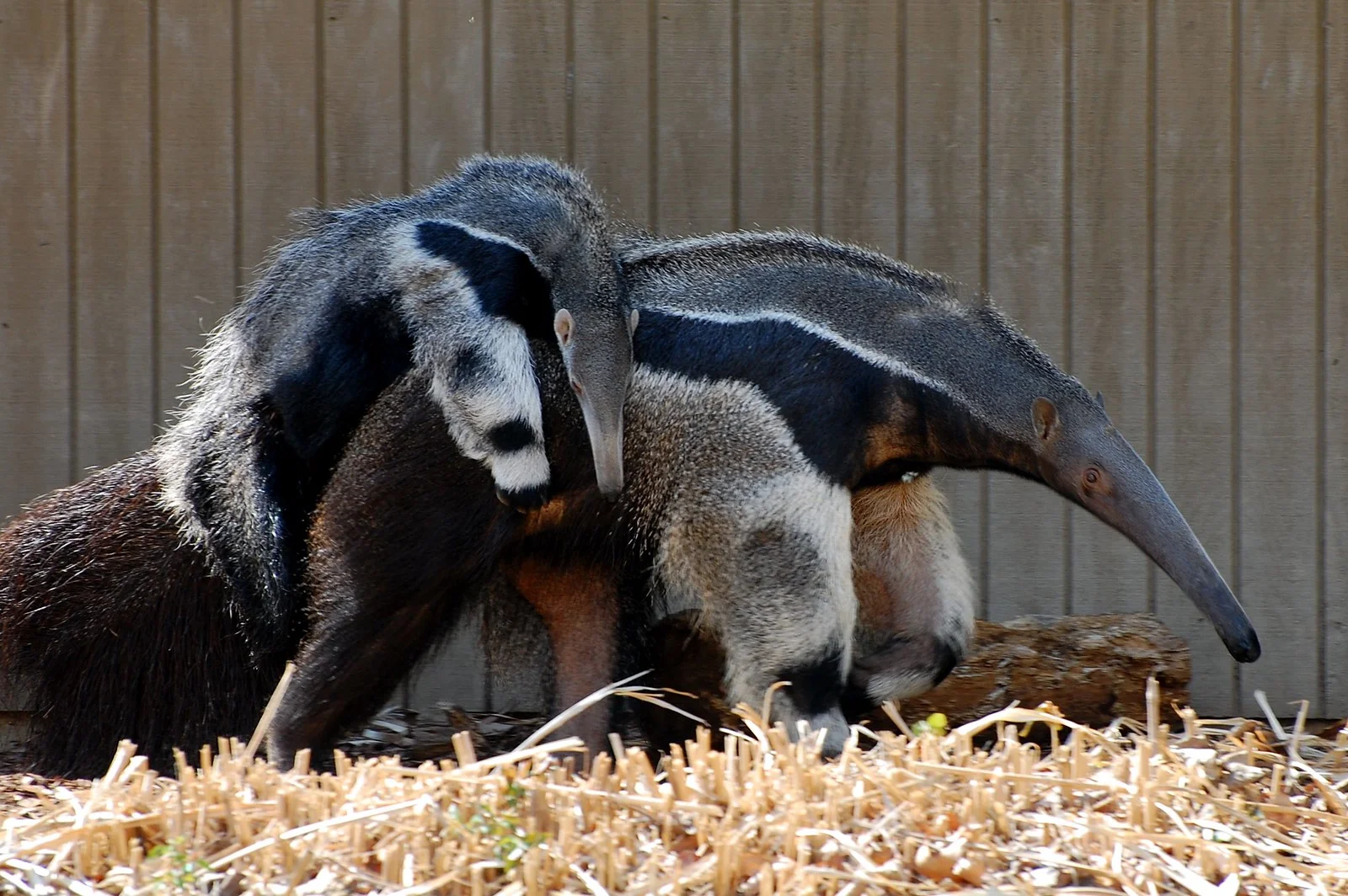
Pangolin: Limited parental care; mothers nurse and protect their young until they are capable of independence.
Armadillo: Varied parental care, with some species exhibiting more nurturing behaviors.
Anteater: Limited parental care; mothers nurse and protect their young.
Aardvark: Limited parental care; mothers care for their offspring until they are weaned.
Comparison: Parental behaviors vary, with some species exhibiting more extensive care compared to others.
Ecological Implications: Parental care influences the survival and development of offspring, impacting population dynamics.
20. Proximity to Human-Inhabited Areas:
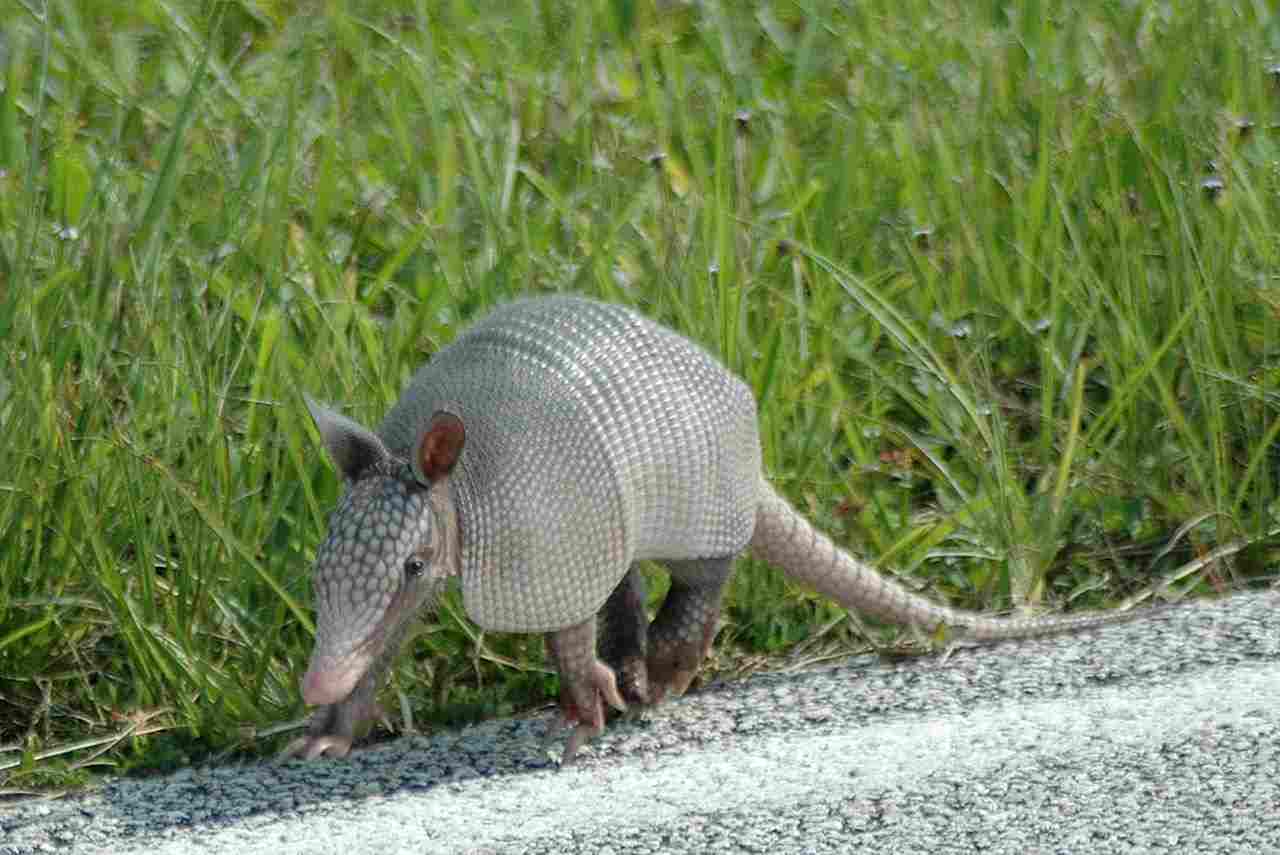
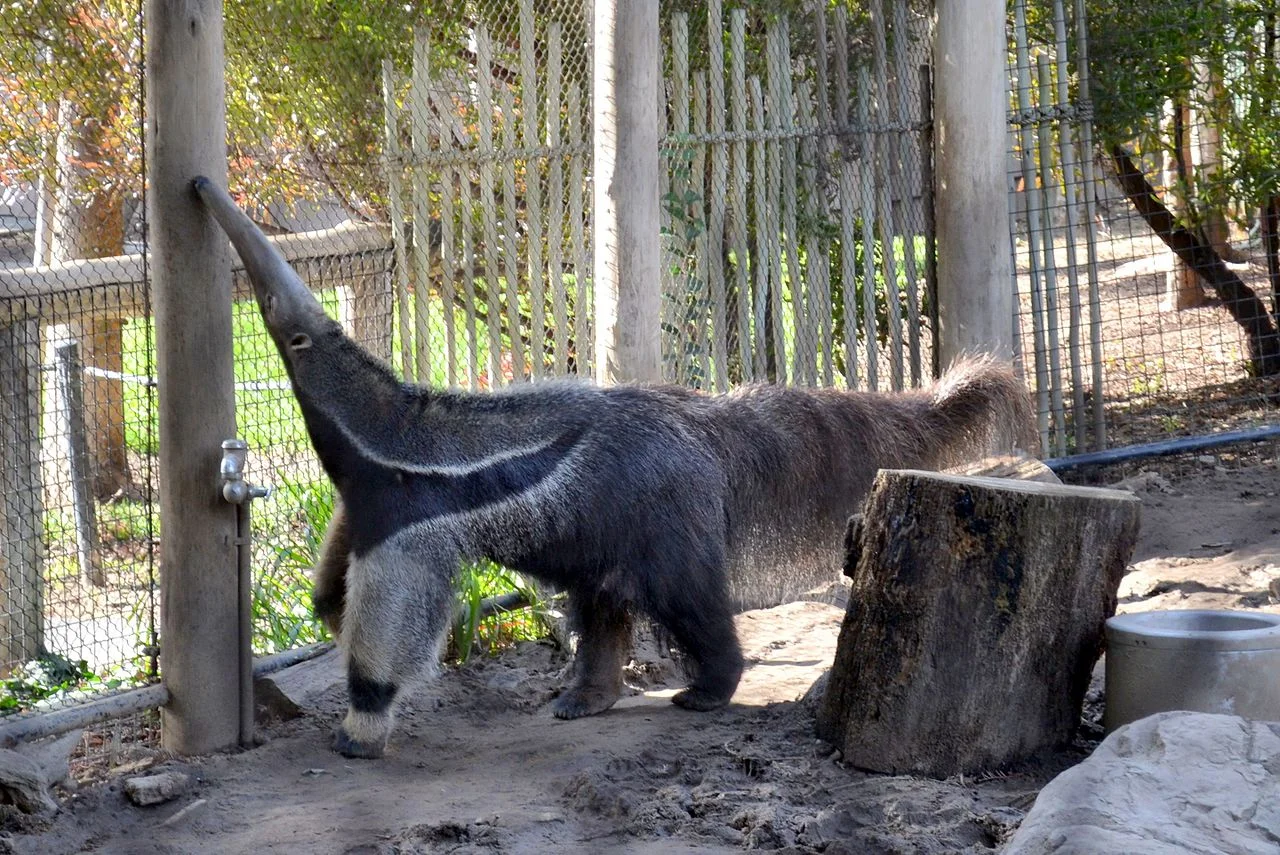
Pangolin: Face threats due to habitat destruction, illegal wildlife trade, and hunting.
Armadillo: Some species adapt to human-altered environments, while others face threats due to habitat loss and road mortality.
Anteater: Human expansion poses threats through habitat destruction and road mortality.
Aardvark: Vulnerable to habitat loss and conflicts with agriculture; may come into contact with humans.
Comparison: Human activities impact these species differently, with some adapting to human-altered landscapes and others facing increased threats.
Ecological Implications: The proximity to human-inhabited areas can lead to increased risks, affecting their populations and ecological roles.
21. Behavior Toward Humans:
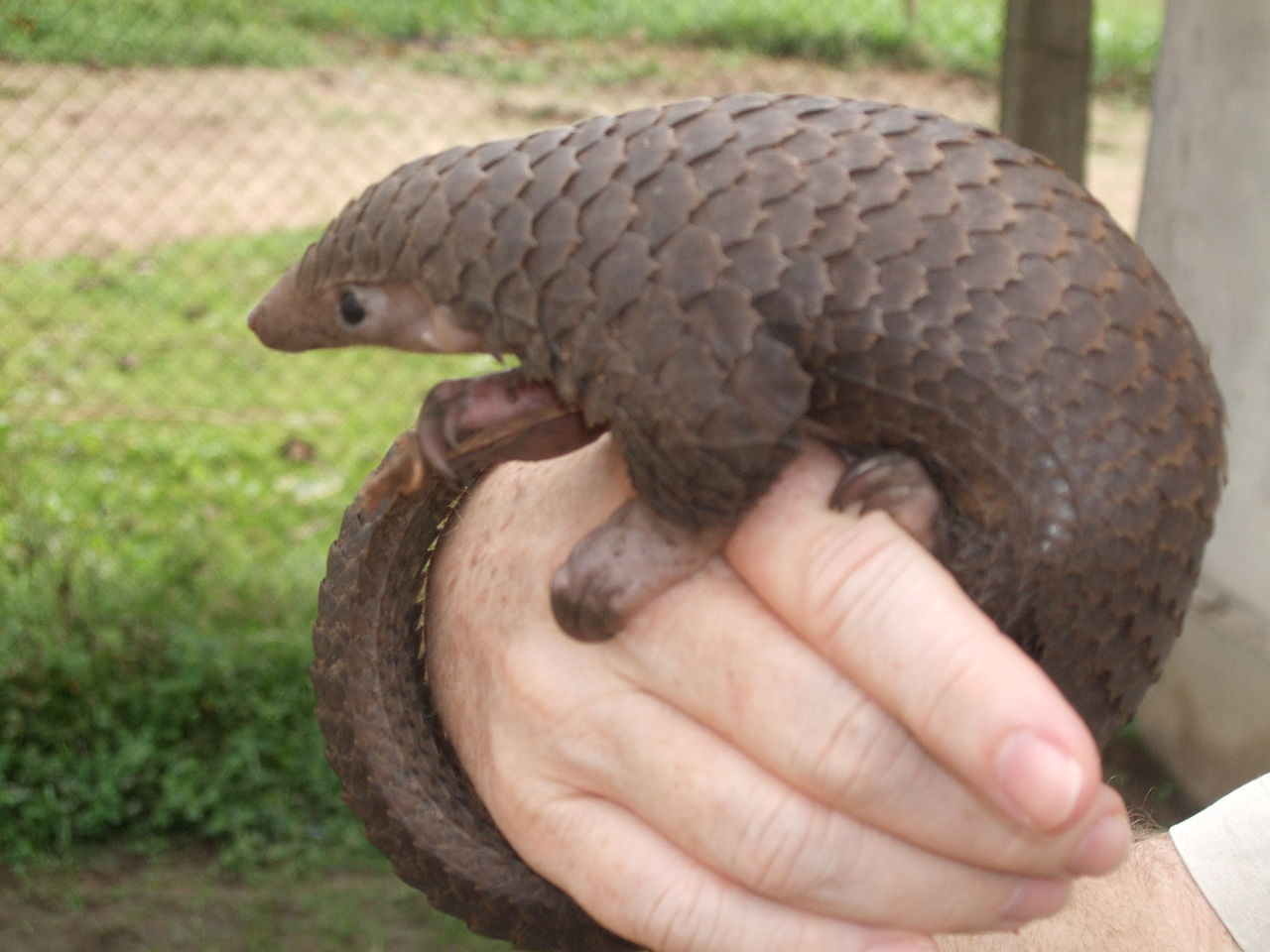
Pangolin: Generally shy and elusive, avoiding human contact.
Armadillo: Responses vary, with some species being cautious and others adapting to urban environments.
Anteater: Typically avoids humans but may become defensive if threatened.
Aardvark: Generally shy; may avoid humans but can become aggressive if cornered.
Comparison: While all generally exhibit avoidance behavior, the degree of tolerance or aggression towards humans varies.
Ecological Implications: Behavior toward humans influences the likelihood of conflicts, affecting both wildlife and human safety.
22. Danger Posed to Humans:
Pangolin: Generally not considered dangerous to humans; more at risk due to illegal wildlife trade.
Armadillo: Generally not dangerous, but some species may carry leprosy, posing a potential health risk.
Anteater: Typically not dangerous, but can become aggressive if provoked; capable of causing harm with their sharp claws.
Aardvark: Generally not considered dangerous; tends to avoid confrontations with humans.
Comparison: While not inherently dangerous, potential risks may arise based on specific behaviors or health concerns.
Ecological Implications: Human interactions can impact these species’ populations, especially when perceived as a threat.
23. Associated Precautions:
Pangolin: Conservation efforts focus on protecting habitats and addressing illegal wildlife trade; minimal direct precautions needed.
Armadillo: Precautions include avoiding direct contact, especially with species known to carry diseases like leprosy.
Anteater: Caution needed to avoid provoking defensive behaviors; conservation efforts focus on habitat protection.
Aardvark: General precautions involve respecting their space to avoid potential defensive reactions.
Comparison: Precautions vary, with some species requiring more specific measures due to health risks or defensive behaviors.
Ecological Implications: Human awareness and responsible behavior contribute to the conservation of these species and their habitats.
24. Conservation Status:
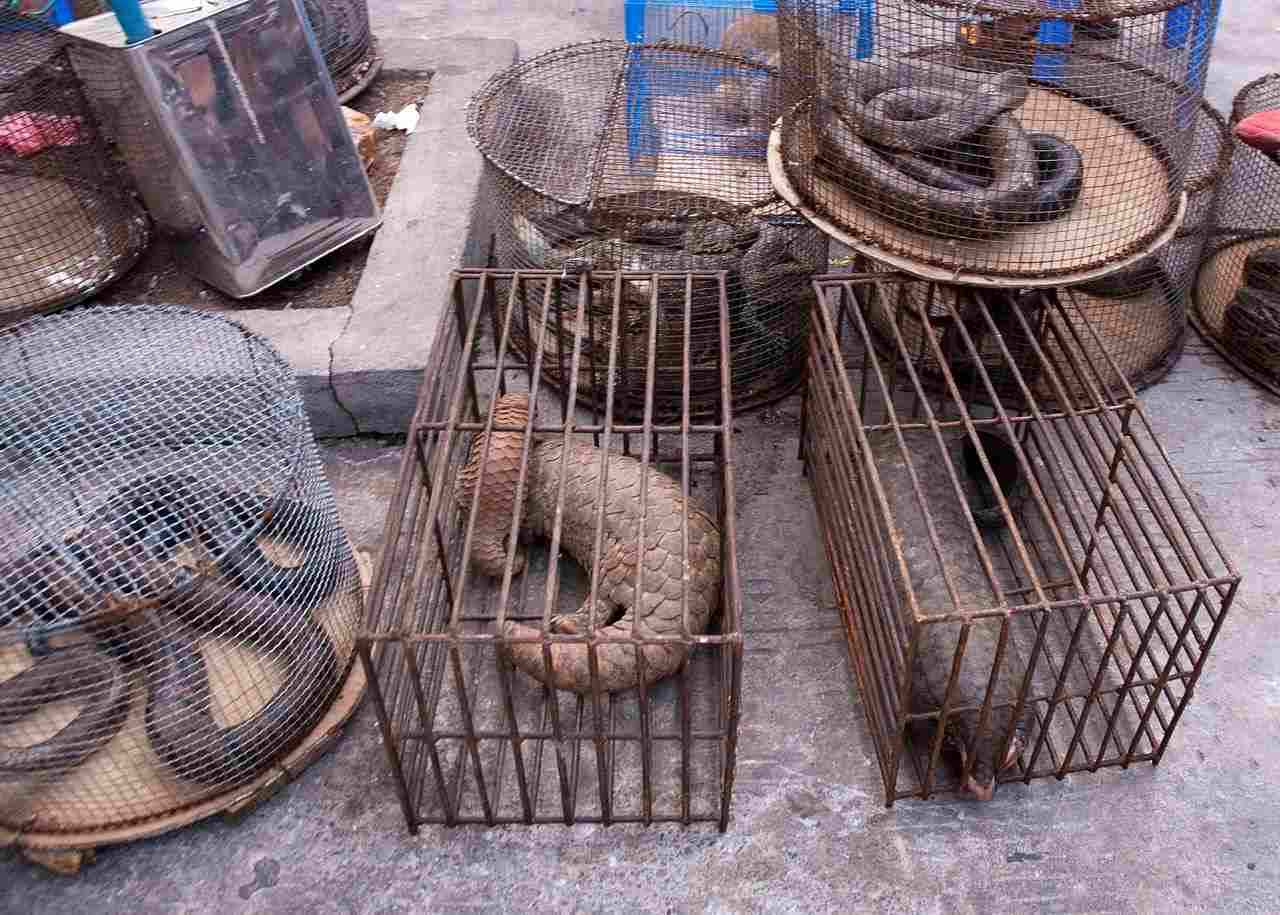
Pangolin: Generally facing significant threats; many species are classified as endangered or critically endangered due to illegal wildlife trade and habitat loss.
Armadillo: Conservation status varies among species, with some facing threats and others considered of least concern.
Anteater: Conservation status varies; some species are near threatened due to habitat loss and hunting.
Aardvark: Conservation status not well-documented, but potential threats include habitat loss and conflicts with agriculture.
Comparison: Pangolins are particularly at risk, while conservation status varies among armadillos, anteaters, and aardvarks.
Ecological Implications: Conservation efforts are crucial to preserving biodiversity and maintaining ecological balance within their respective habitats.
*Summary of Comparison
Taxonomy:
Pangolin: Order – Pholidota, Family – Manidae
Armadillo: Order – Cingulata, Family – Dasypodidae
Anteater: Order – Pilosa, Various Families
Aardvark: Order – Tubulidentata, Family – Orycteropodidae
Appearance:
Pangolin: Keratin scales, resembling an artichoke.
Armadillo: Tough, bony shell covering the body.
Anteater: Sleek body with a tubular snout.
Aardvark: Pig-like body with a long snout.
Size:
Pangolin: 30 to 100 cm.
Armadillo: Varies (10 to 150 cm).
Anteater: Giant anteater around 180 cm.
Aardvark: 105 to 130 cm.
Weight:
Pangolin: 1 to 33 kg.
Armadillo: Varies (few hundred grams to 54 kg).
Anteater: 27 to 41 kg.
Aardvark: 40 to 65 kg.
Dentition:
Pangolin: Lack teeth; long, sticky tongue.
Armadillo: Simple peg-like teeth.
Anteater: Reduced teeth; long tongue.
Aardvark: Lack teeth suitable for grinding.
Physical Offensive Advantages:
Pangolin: Sharp claws.
Armadillo: Rolling into a ball.
Anteater: Powerful forelimbs and claws.
Aardvark: Sharp claws for digging.
Physical Defensive Advantages:
Pangolin: Scales made of keratin.
Armadillo: Rolling into a protective ball.
Anteater: Thick fur.
Aardvark: Limited physical defenses.
Speed:
Pangolin: Slow-moving.
Armadillo: Varied (some slow, some faster).
Anteater: Moderate speed.
Aardvark: Not known for speed.
Agility:
Pangolin: Limited agility.
Armadillo: Moderate agility.
Anteater: Agile; capable climbers.
Aardvark: Limited agility.
Senses:
Pangolin: Well-developed sense of smell.
Armadillo: Keen sense of smell, good hearing.
Anteater: Excellent sense of smell.
Aardvark: Strong sense of smell.
Overall Physical Capacity:
Diverse physical abilities tailored to their ecological roles.
Habitat Preference and Geographic Region:
Varies from tropical and subtropical regions (pangolin) to diverse environments (armadillo, anteater, aardvark).
Tracks:
Unique tracks with distinct patterns for each species.
Lifespan:
Varies (12 to 20 years for pangolin, 4 to 30 years for armadillo, around 14 years for anteater, approximately 23 years for aardvark).
Mode of Feeding:
Specialized insectivores (pangolin, anteater, aardvark); omnivores (armadillo).
Intelligence:
Varies from limited cognitive abilities (pangolin, anteater, aardvark) to moderate intelligence (armadillo).
Social Behavior:
Ranges from solitary (pangolin, anteater, aardvark) to moderately social (some armadillo species).
Mode of Reproduction:
Varies from single offspring to litters.
Parental Behavior:
Limited parental care for all, with some variation in nurturing behaviors.
Proximity to Human-Inhabited Areas:
All face threats due to human activities, with varying levels of adaptation.
Behavior Toward Humans:
Generally shy and avoidant, with different degrees of tolerance or aggression.
Danger Posed to Humans:
Generally not dangerous, with some health risks associated with armadillos.
Associated Precautions:
Conservation efforts, avoiding direct contact, and specific health precautions.
Conservation Status:
Varies, with pangolins generally facing more significant threats.
Conclusion
-Similarities:
All four species are adapted to insectivorous diets.
They face threats from habitat loss and human activities.
Conservation efforts are crucial for their survival.
-Differences:
Varying ecological niches, with different habitat preferences and geographic distributions.
Distinctive physical features and adaptations for offense, defense, and feeding.
Diverse reproductive strategies and parental behaviors.
Varying degrees of danger posed to humans and associated precautions.
Different conservation statuses, with pangolins generally facing more significant threats.
